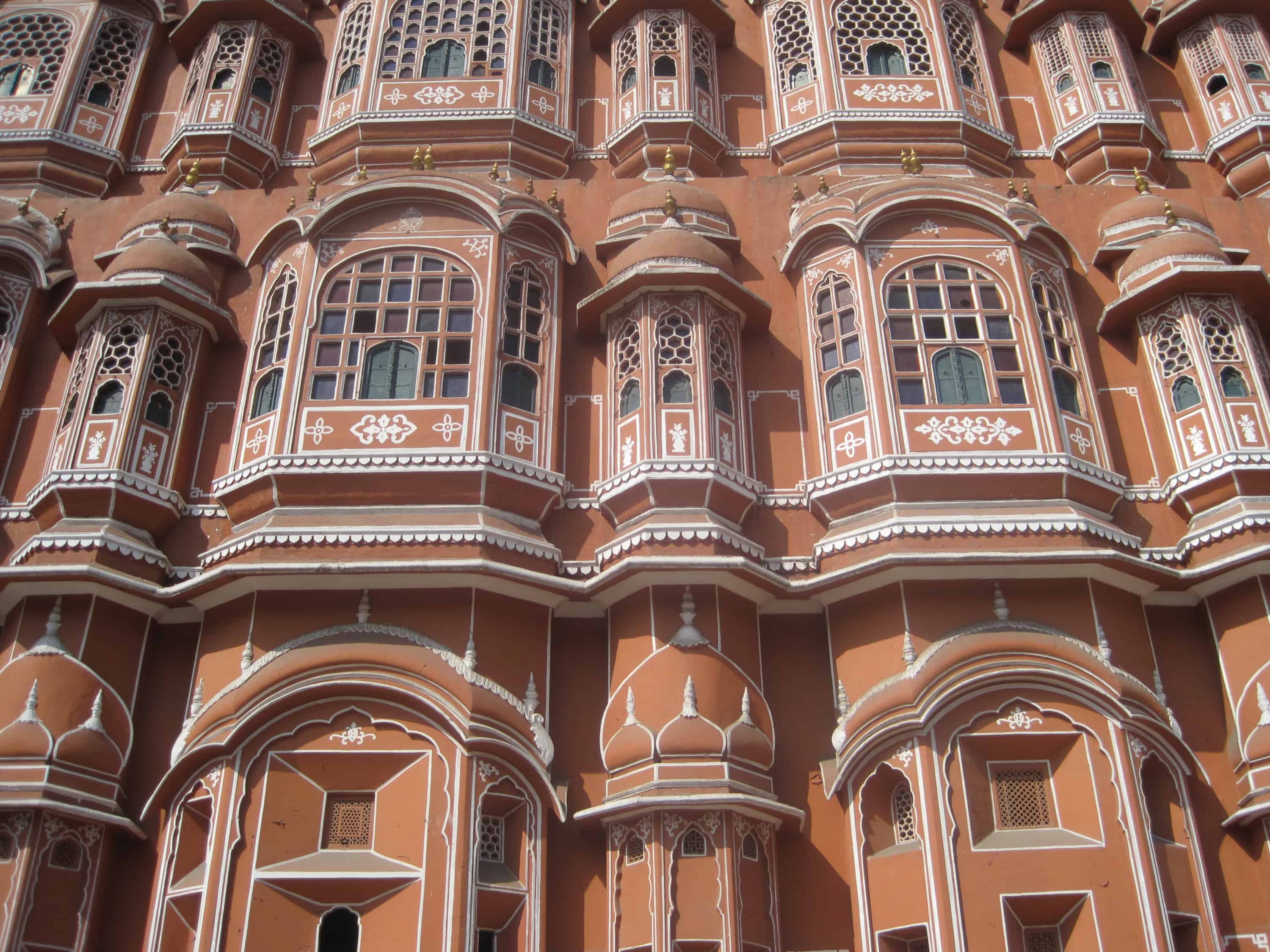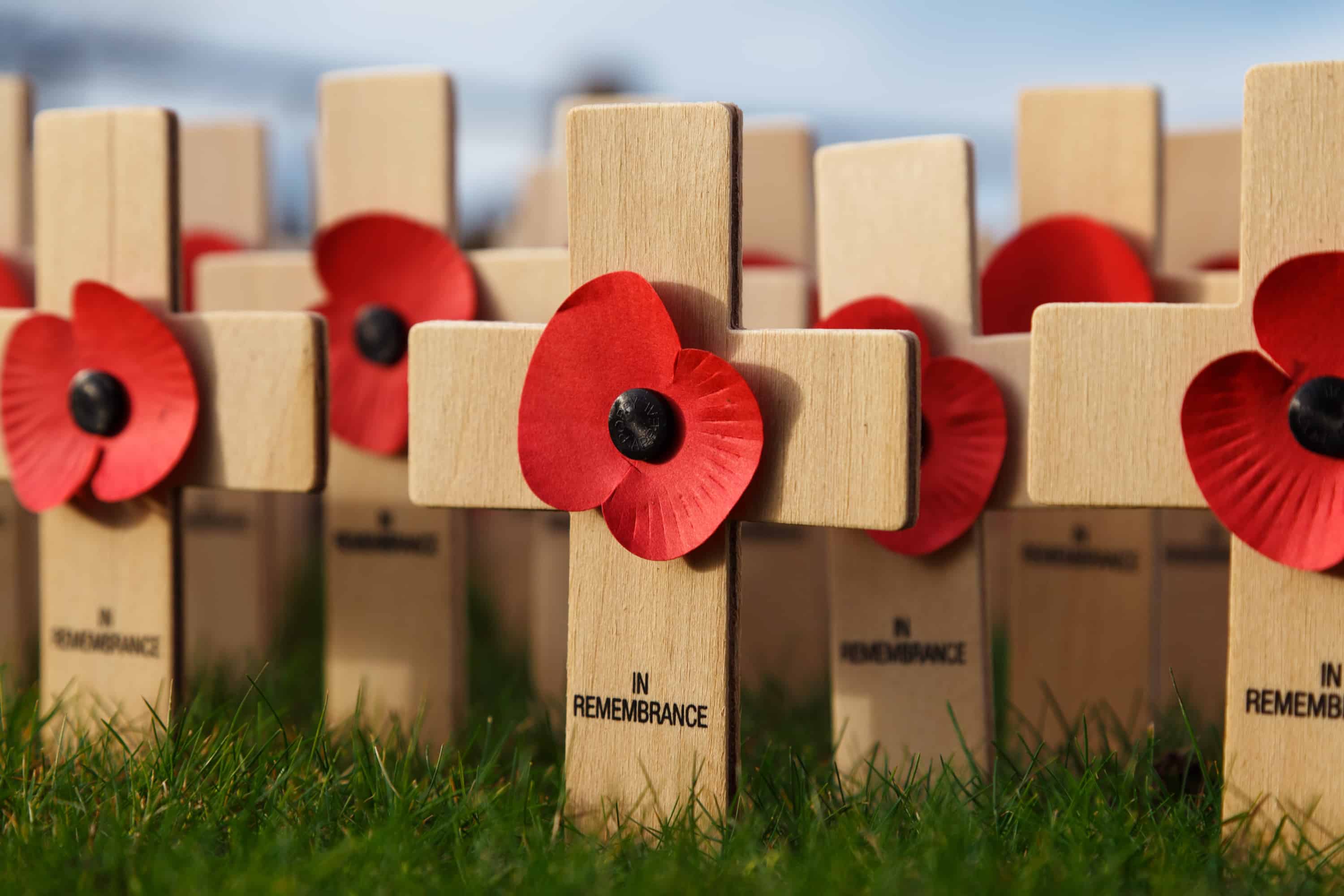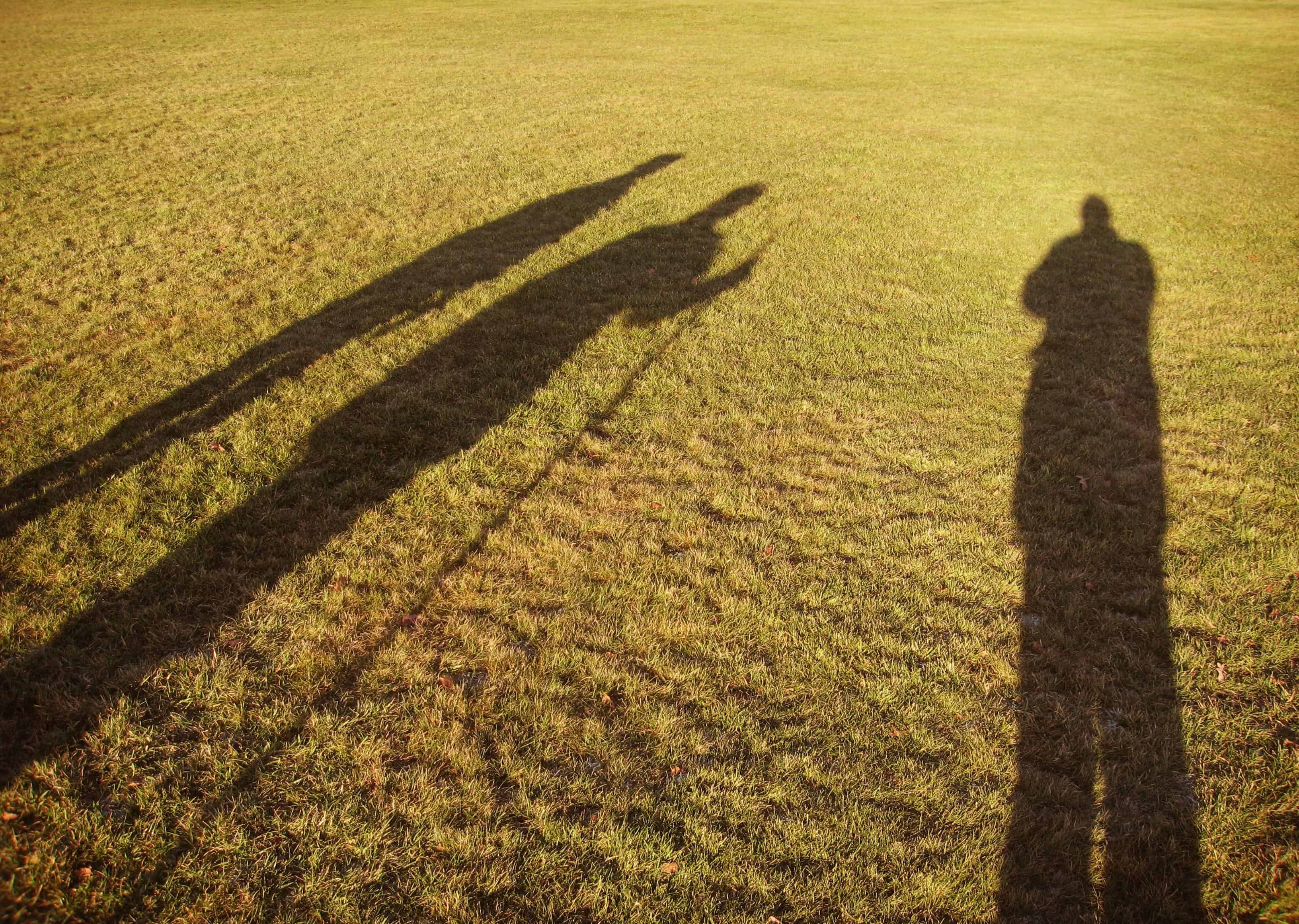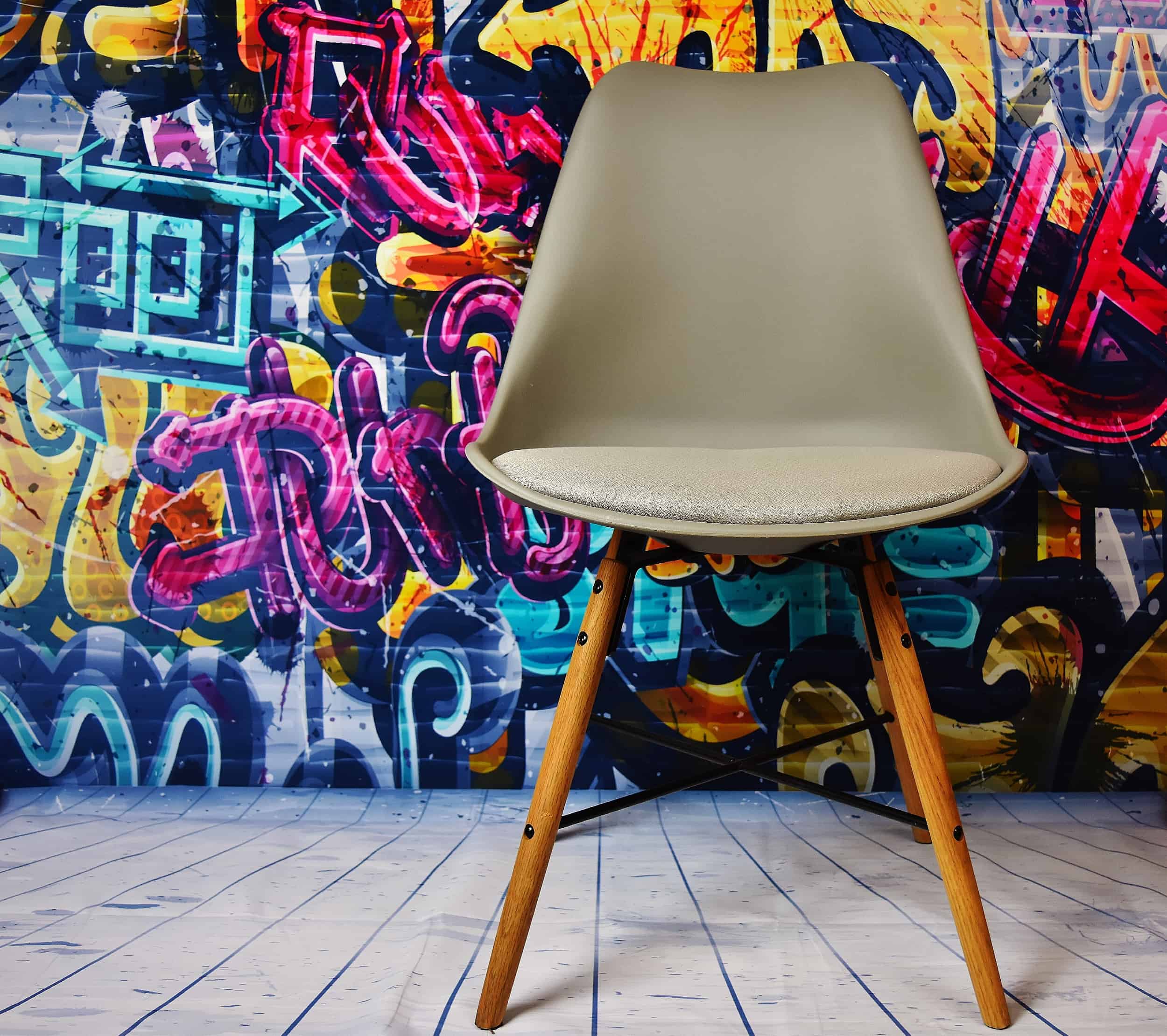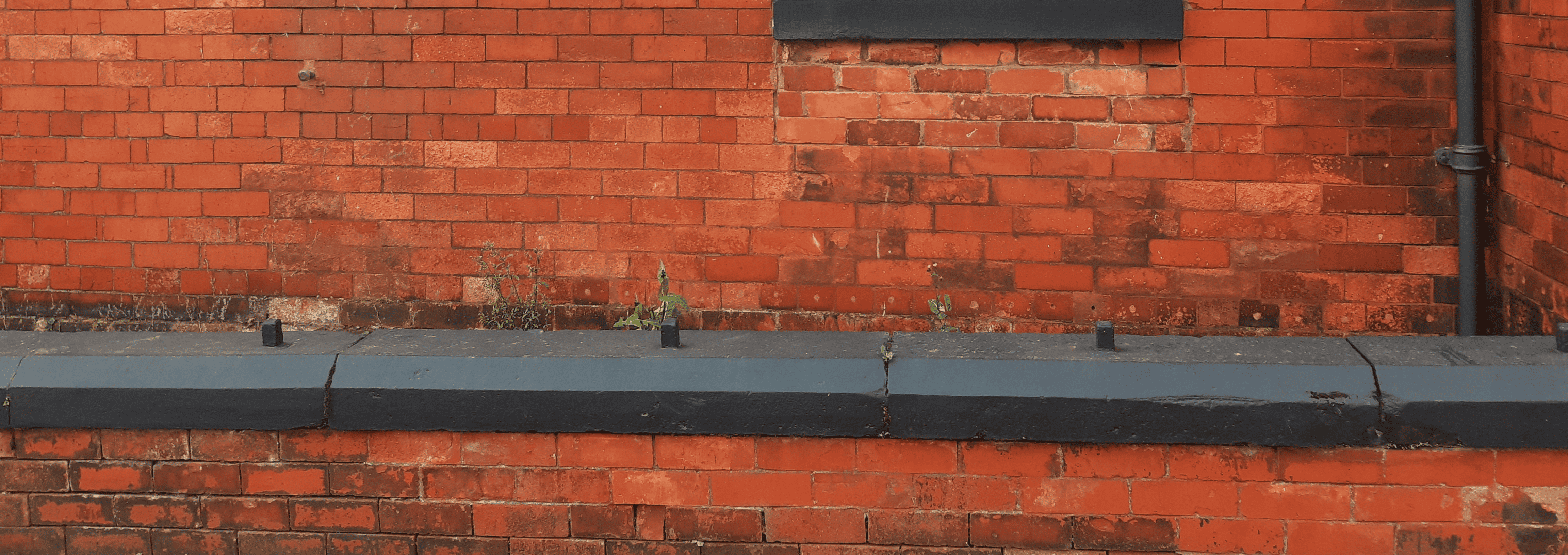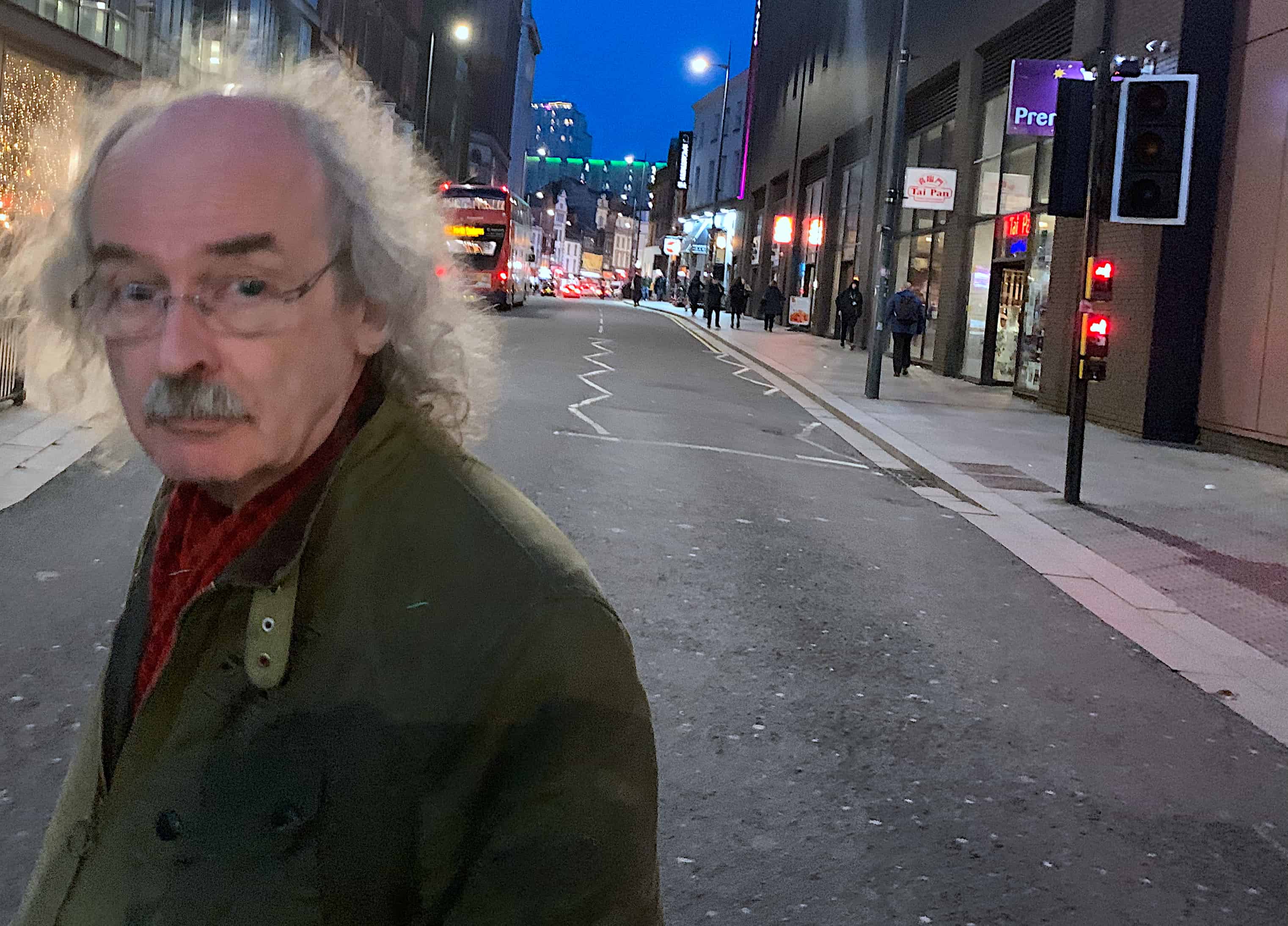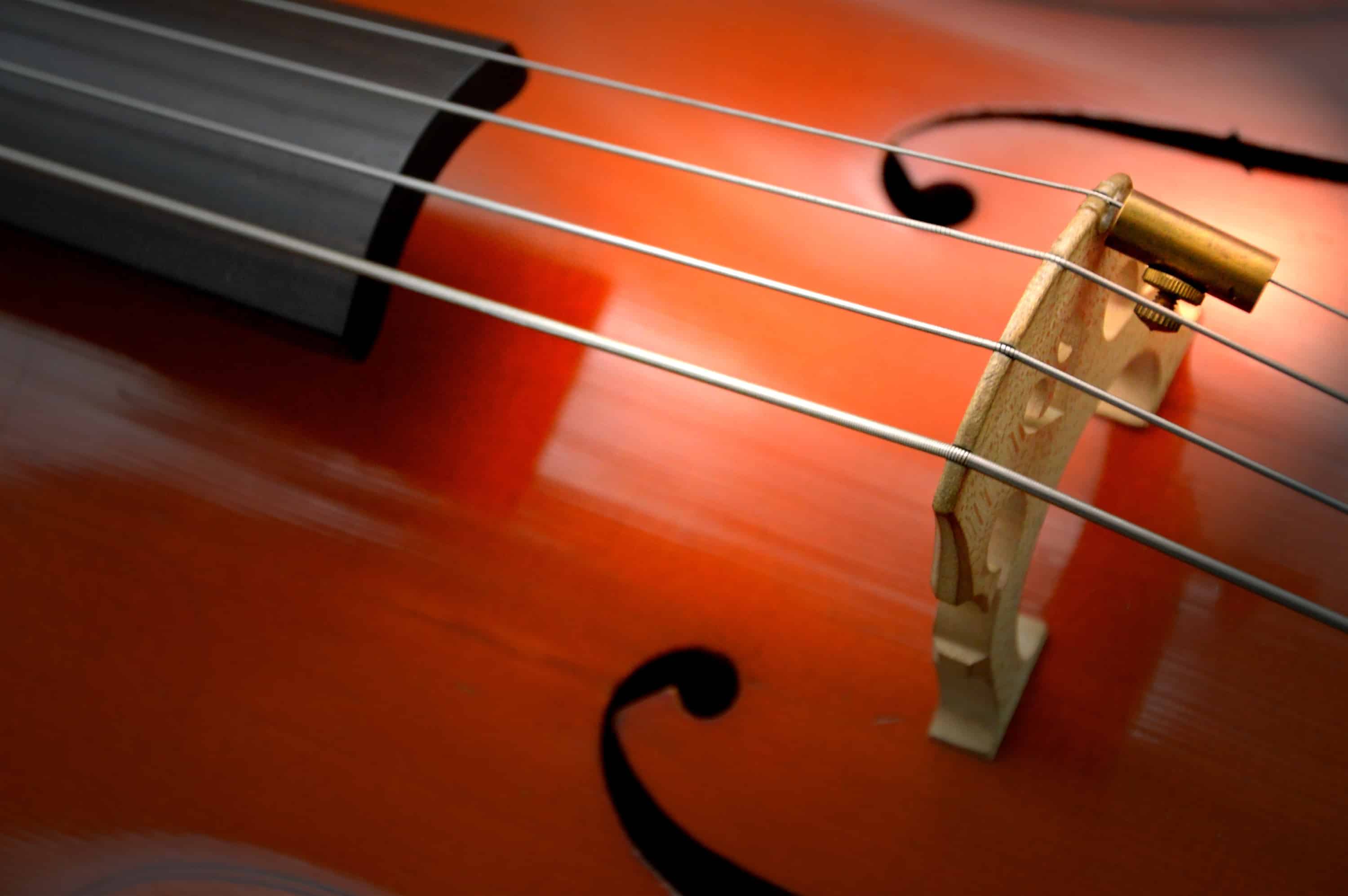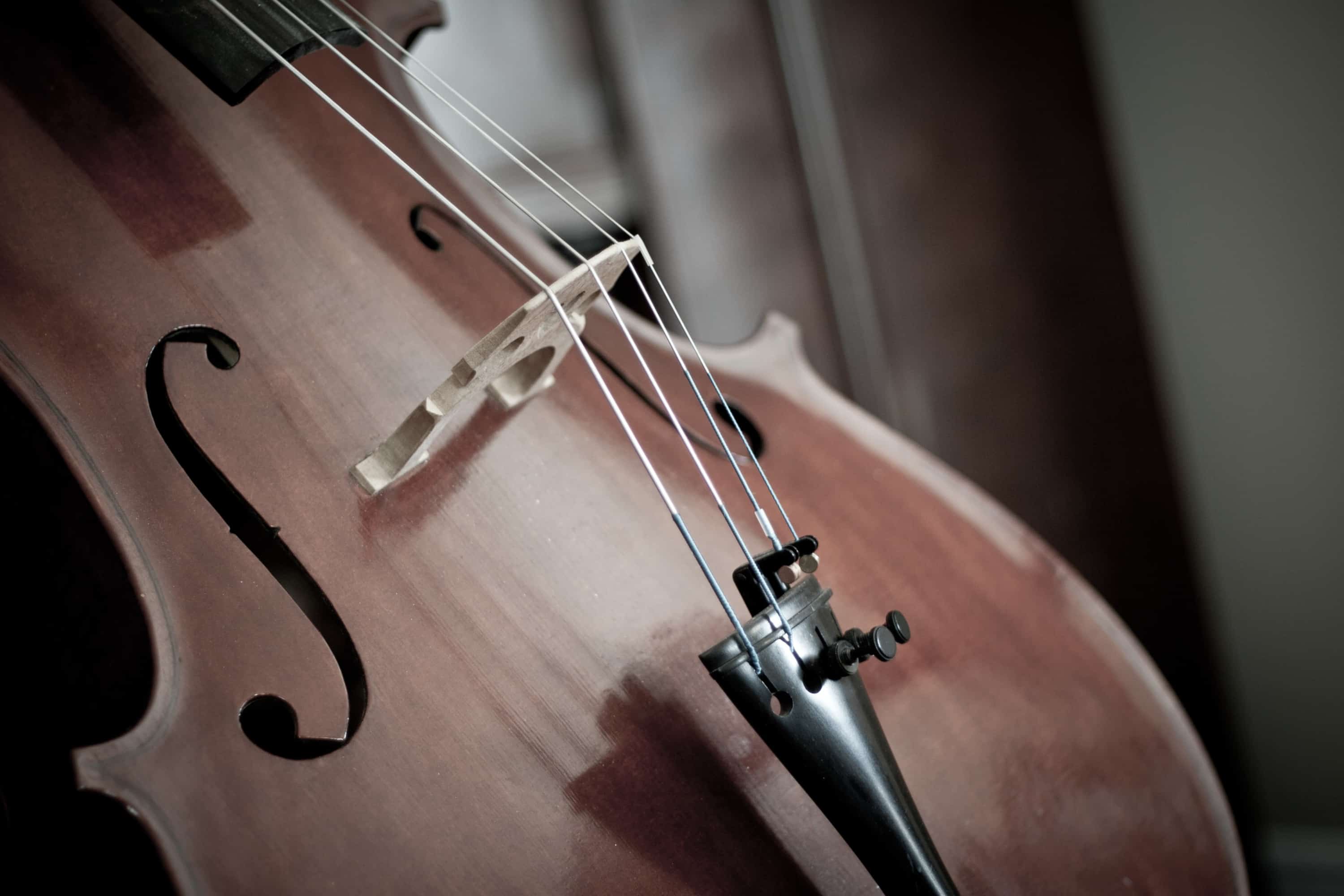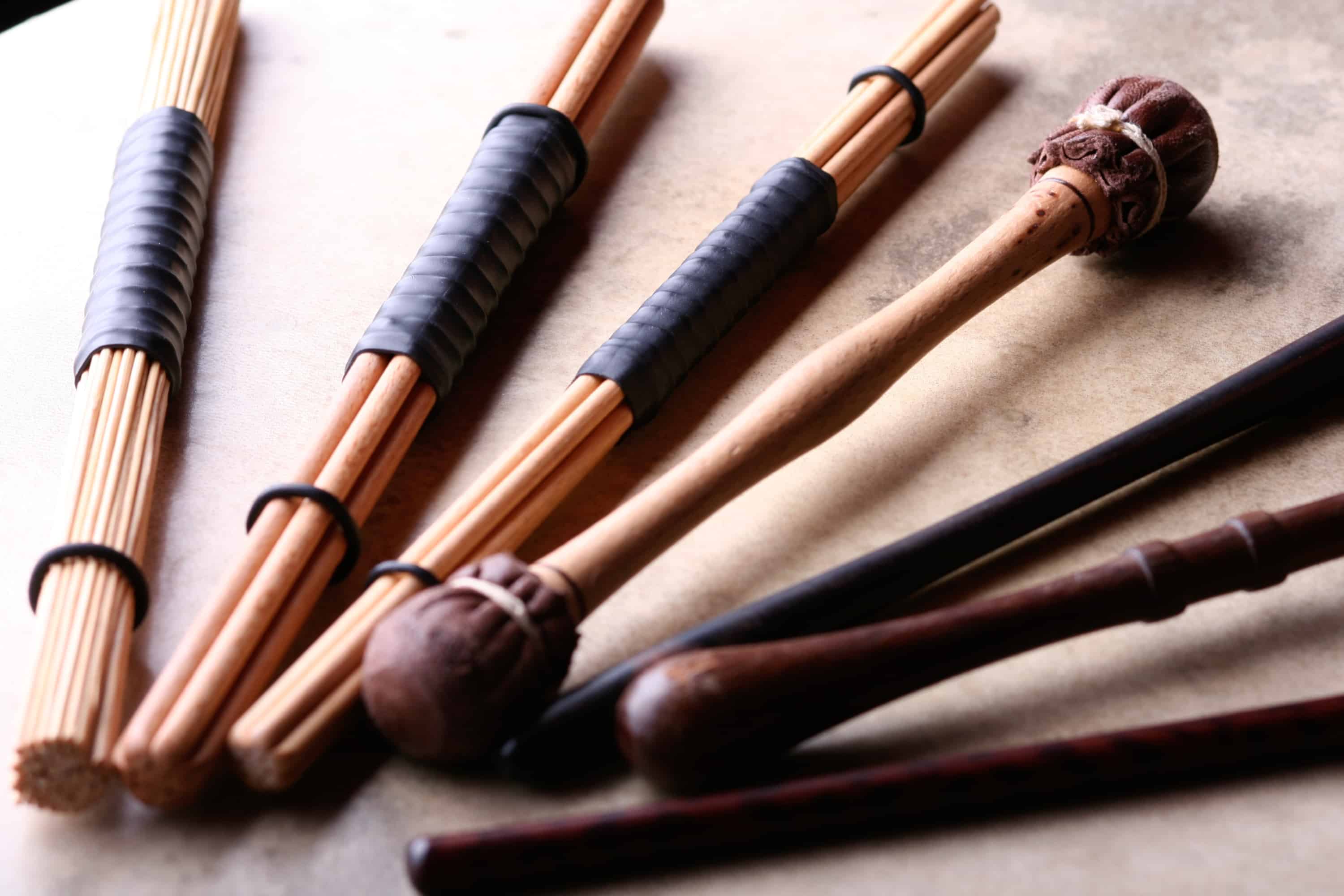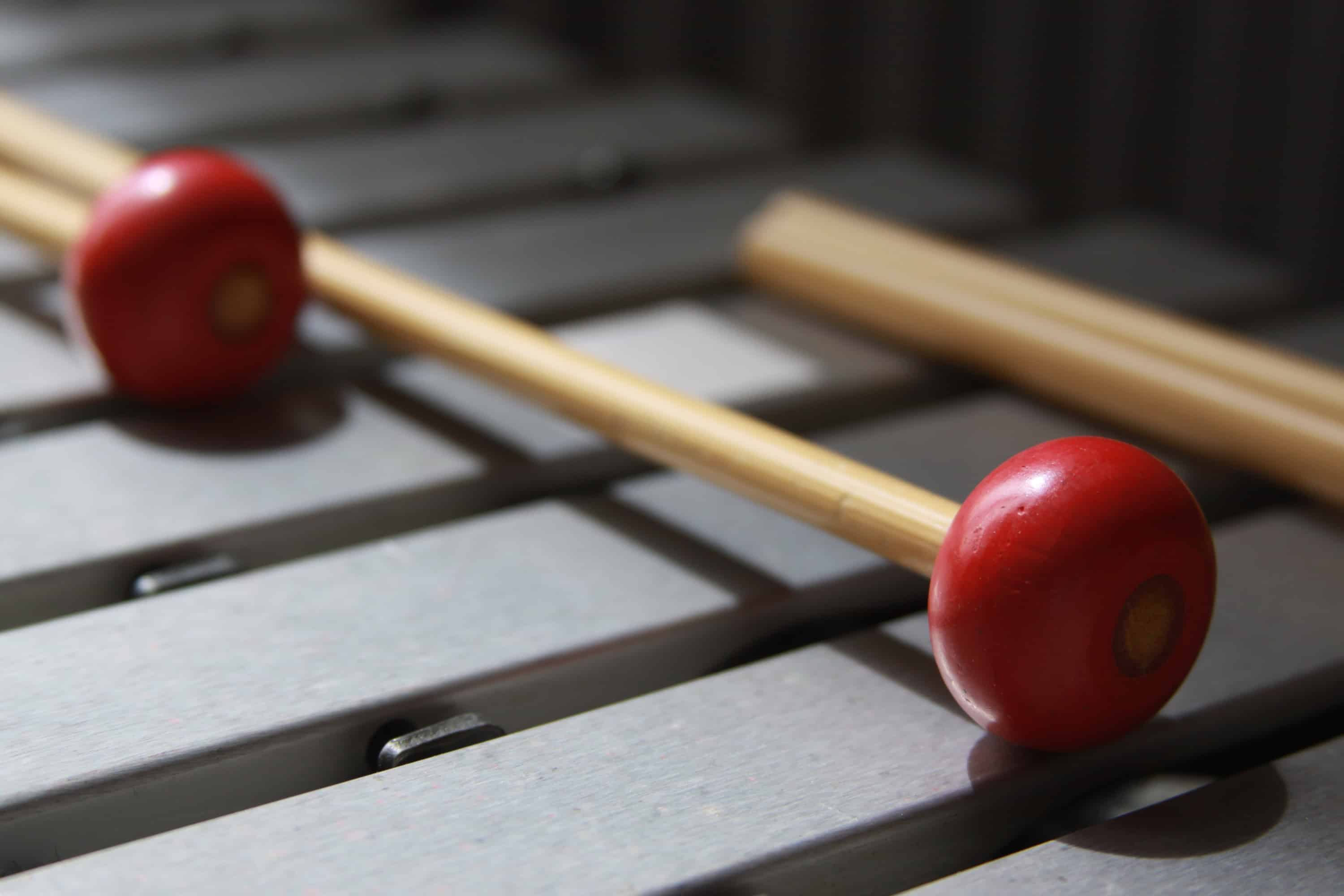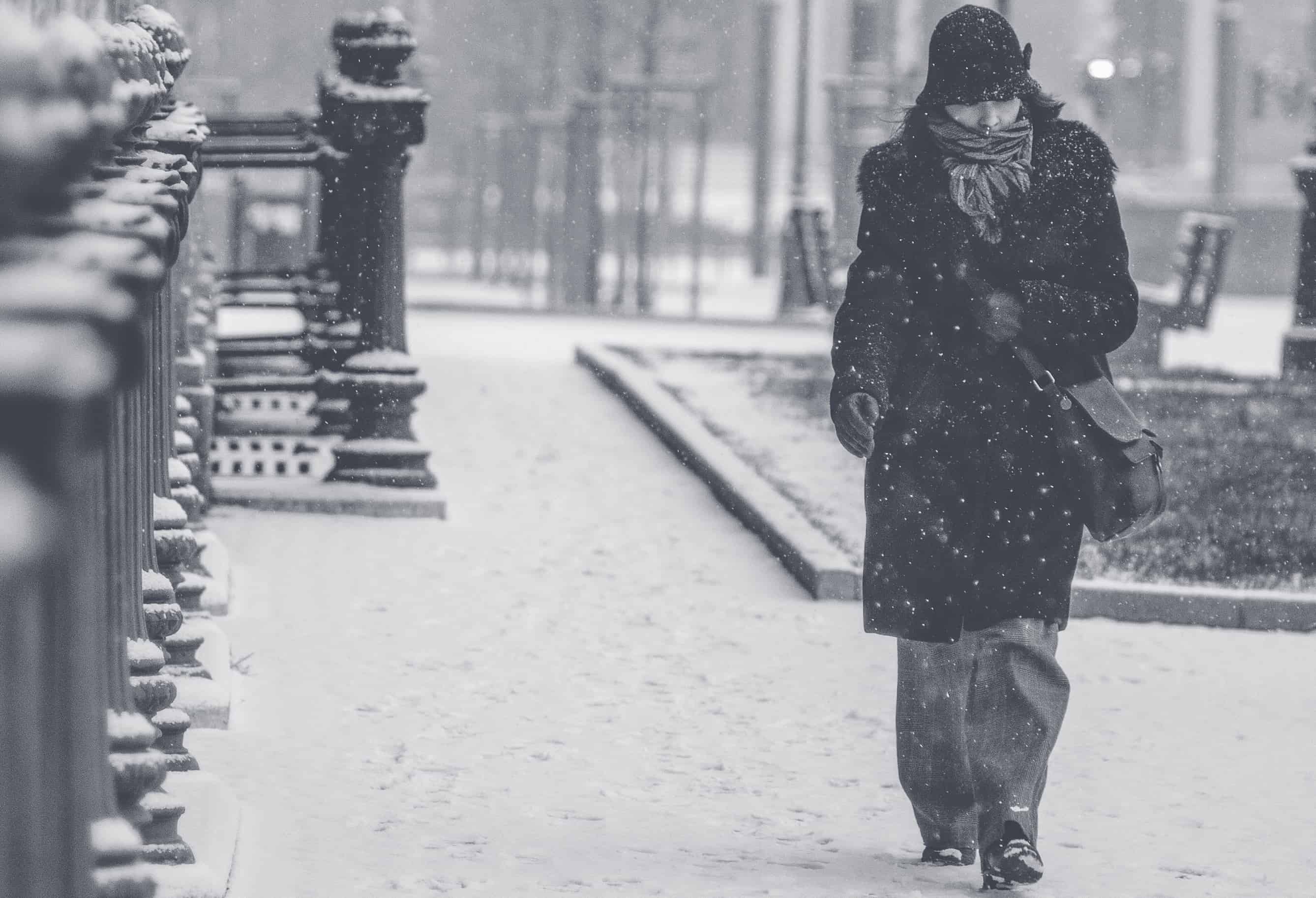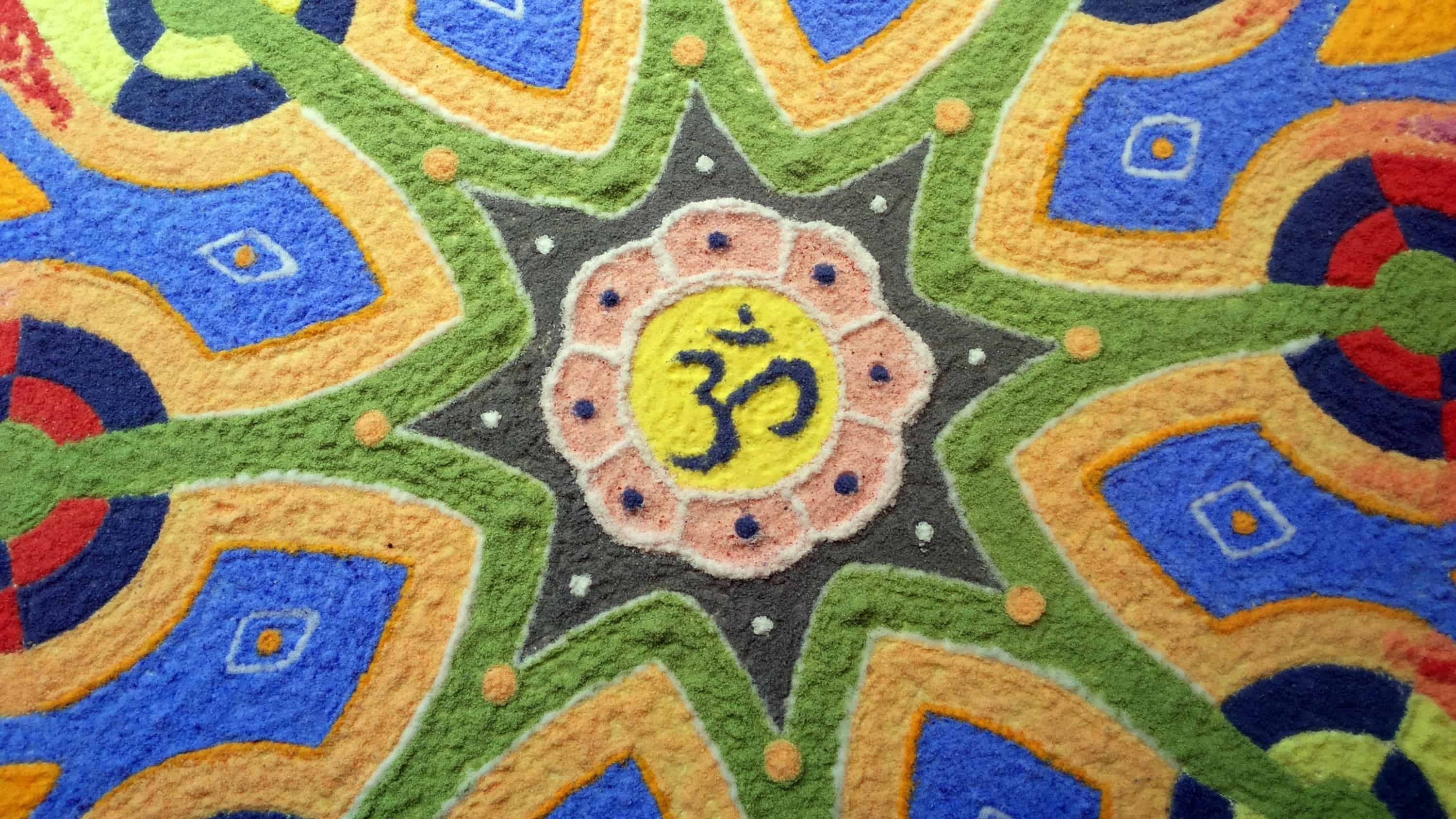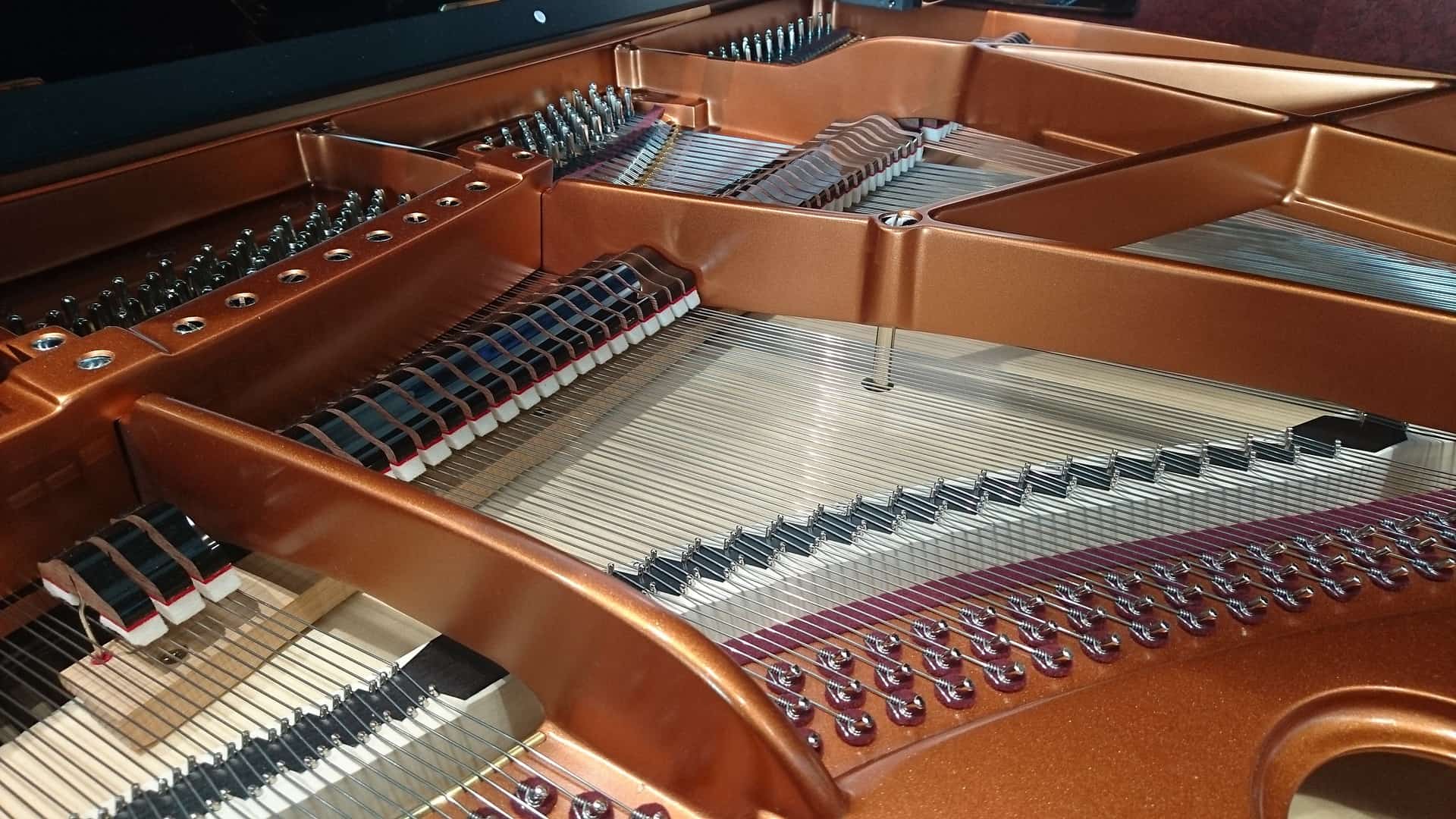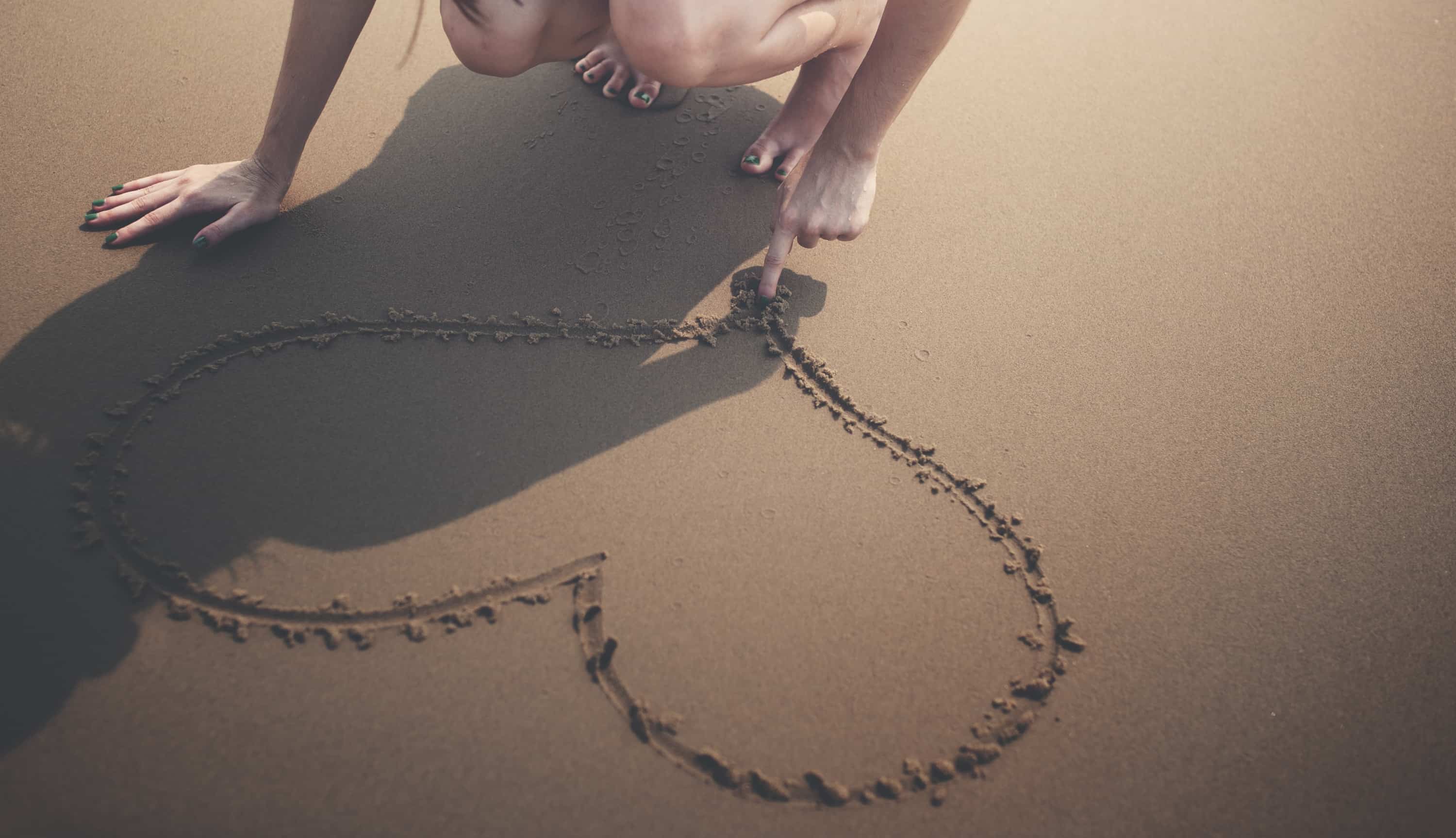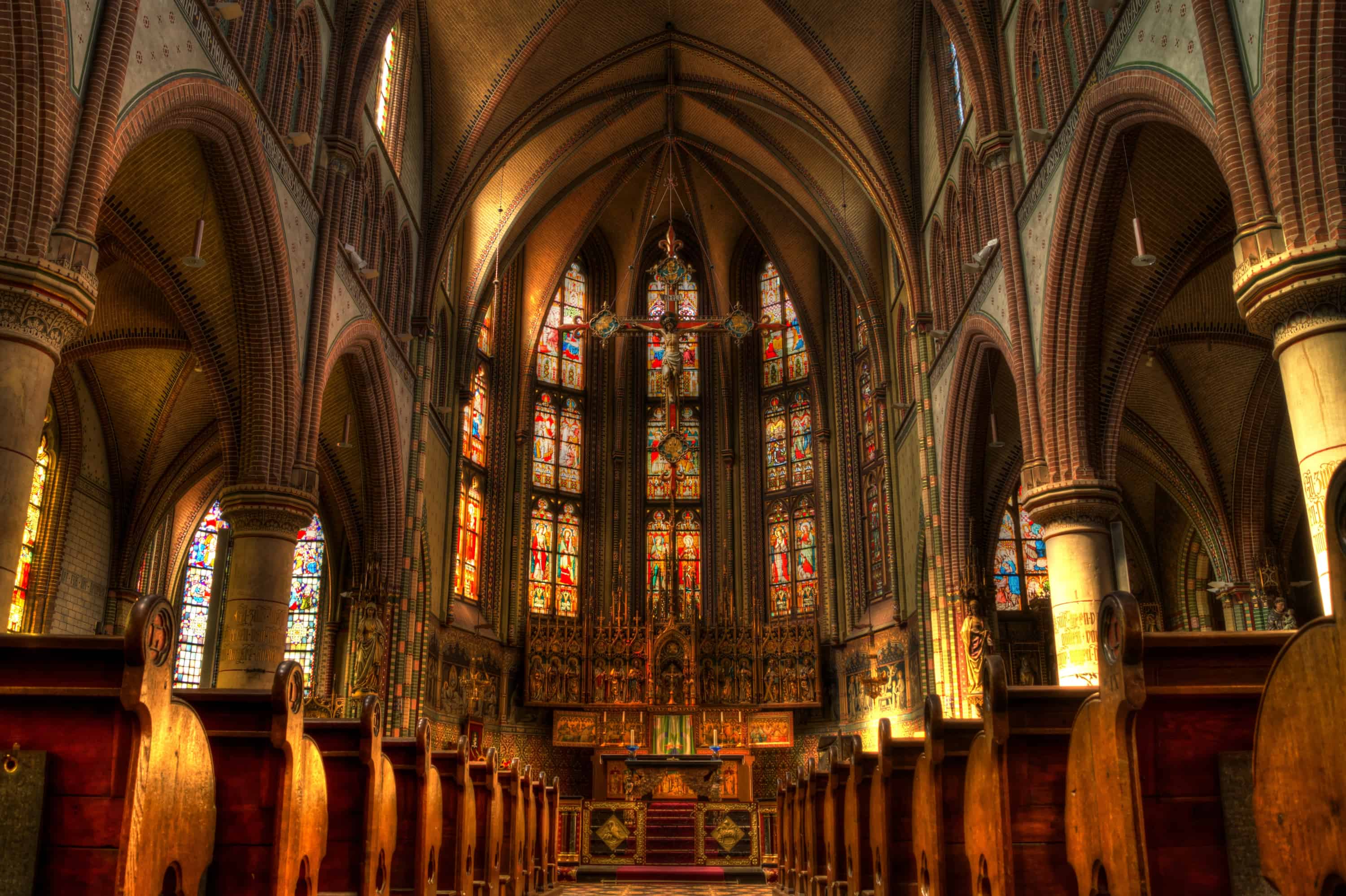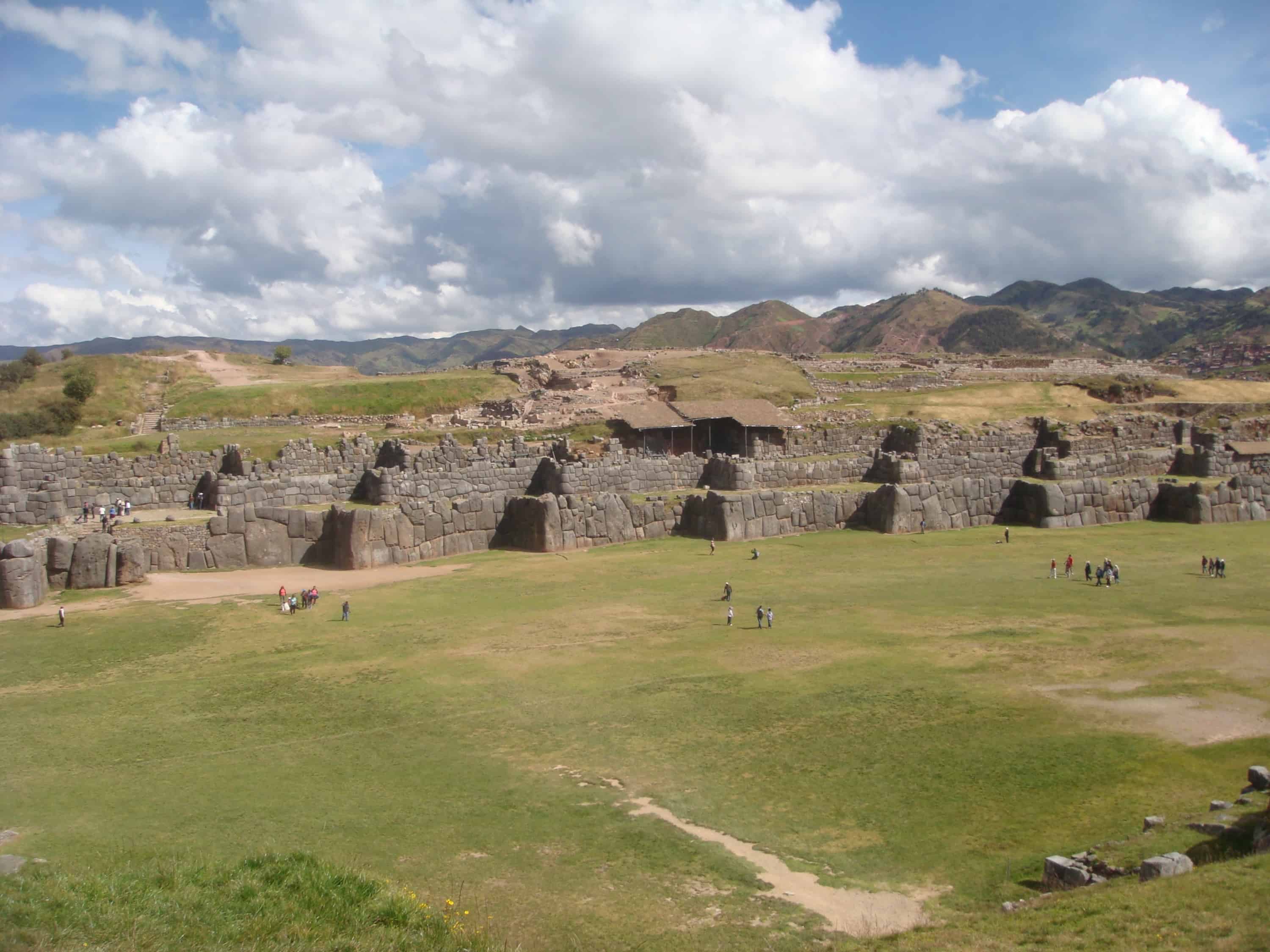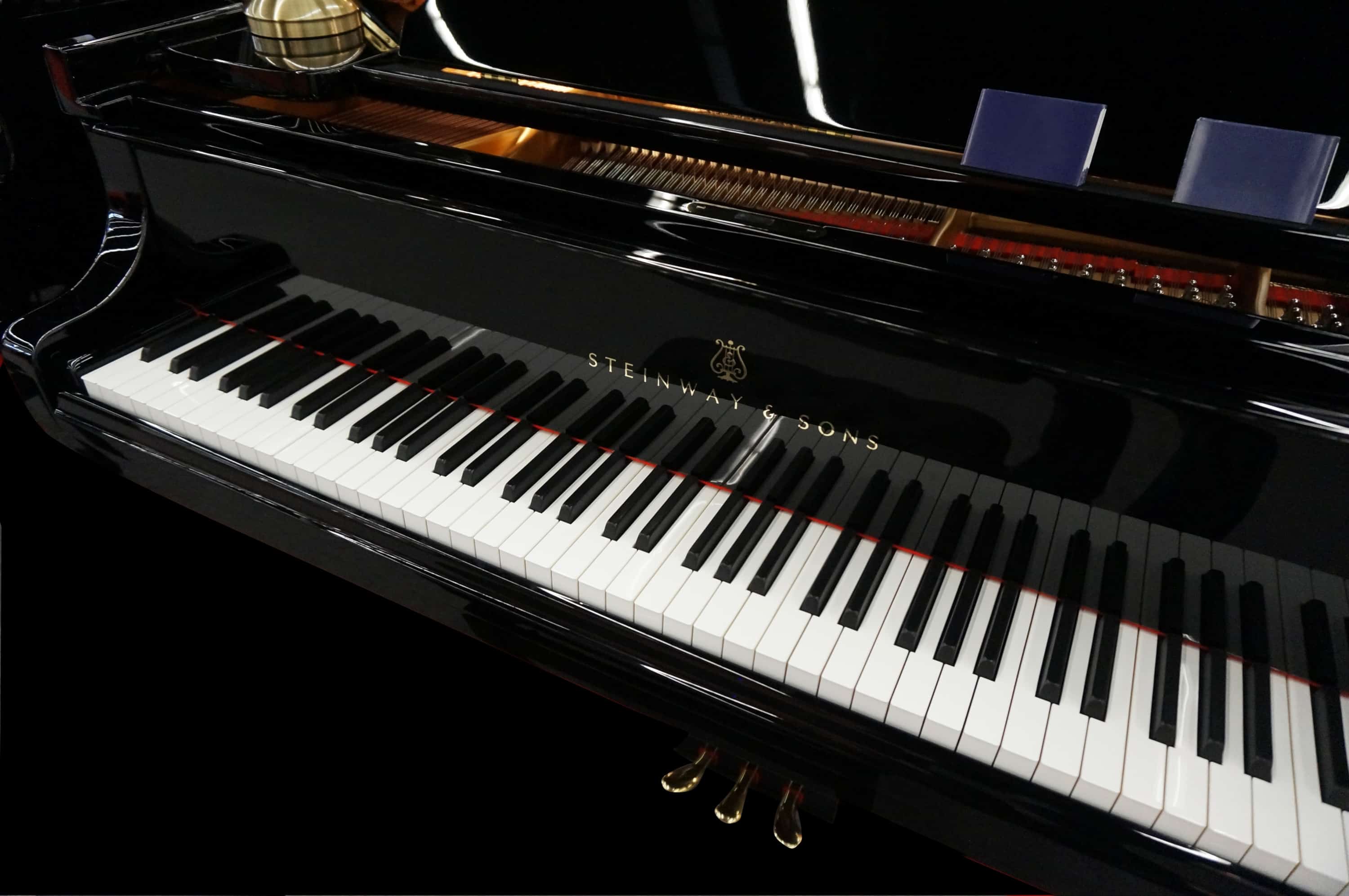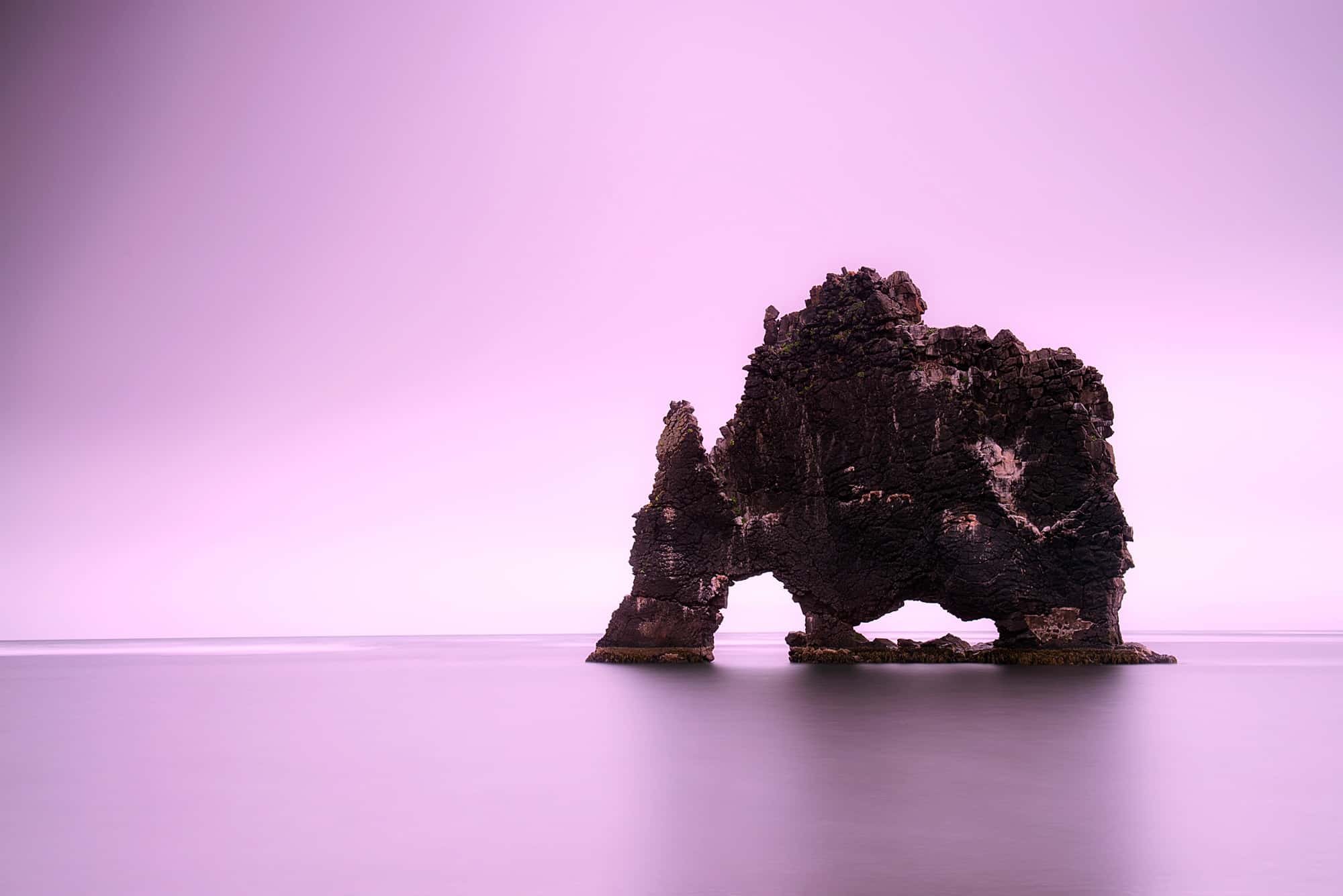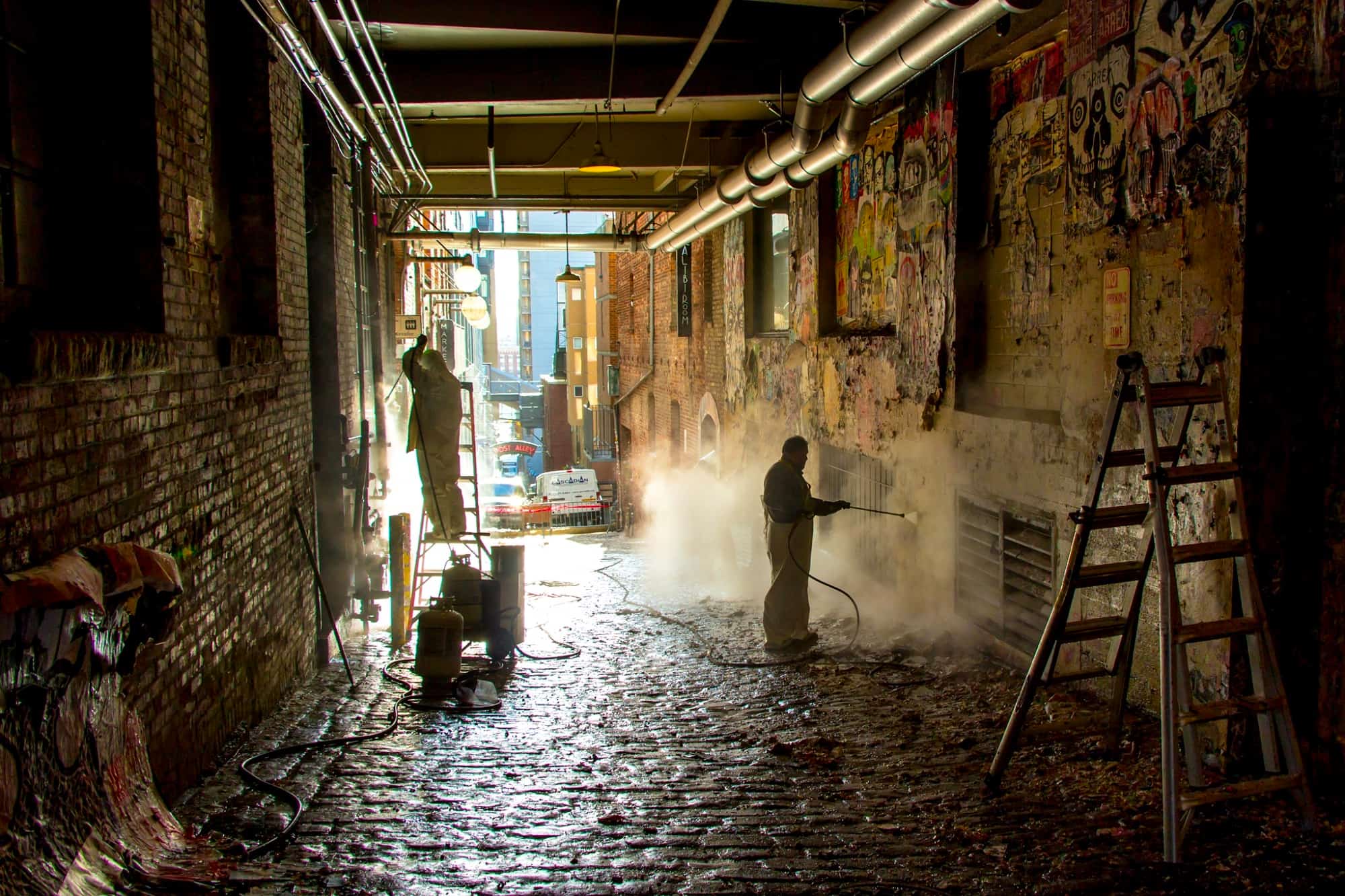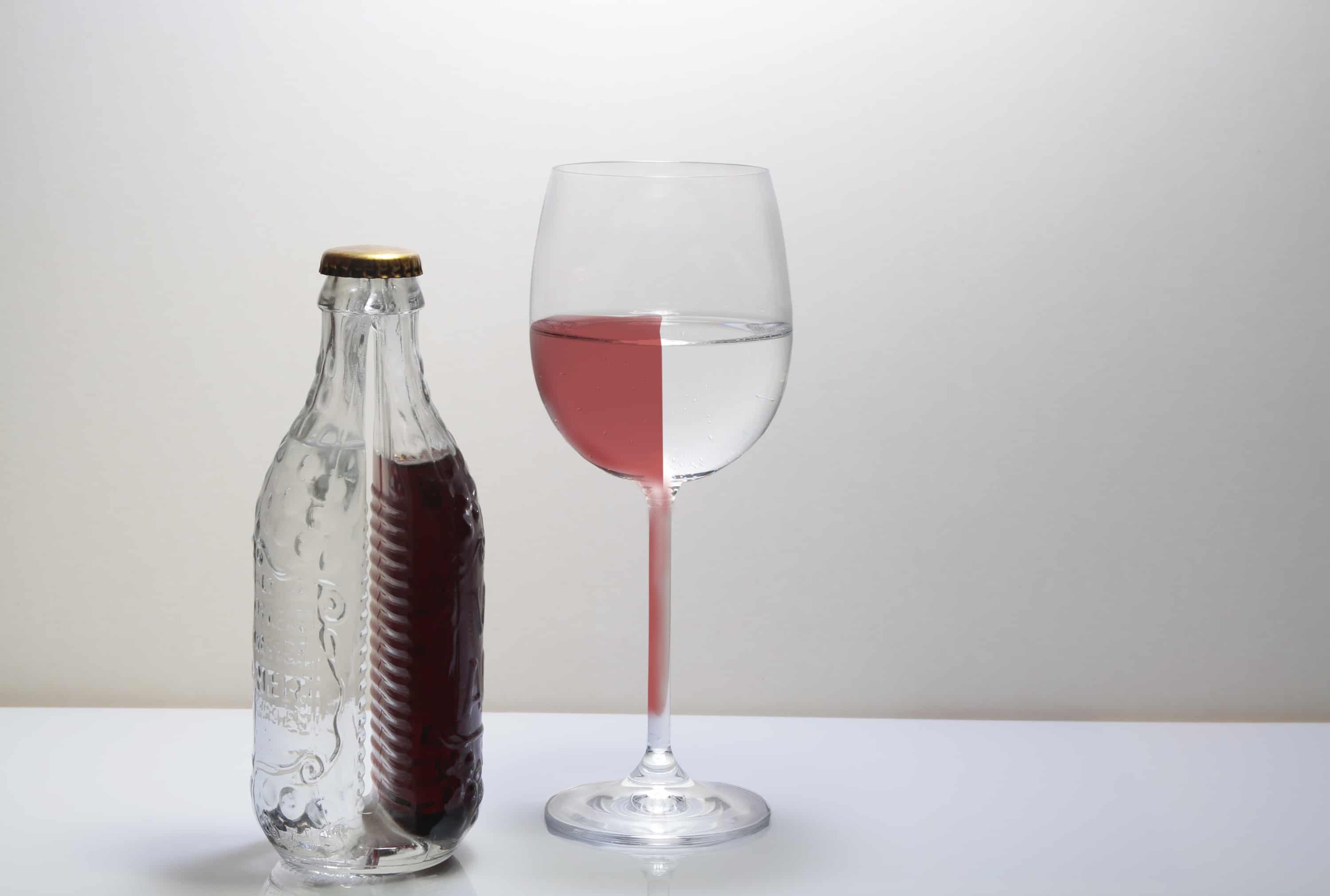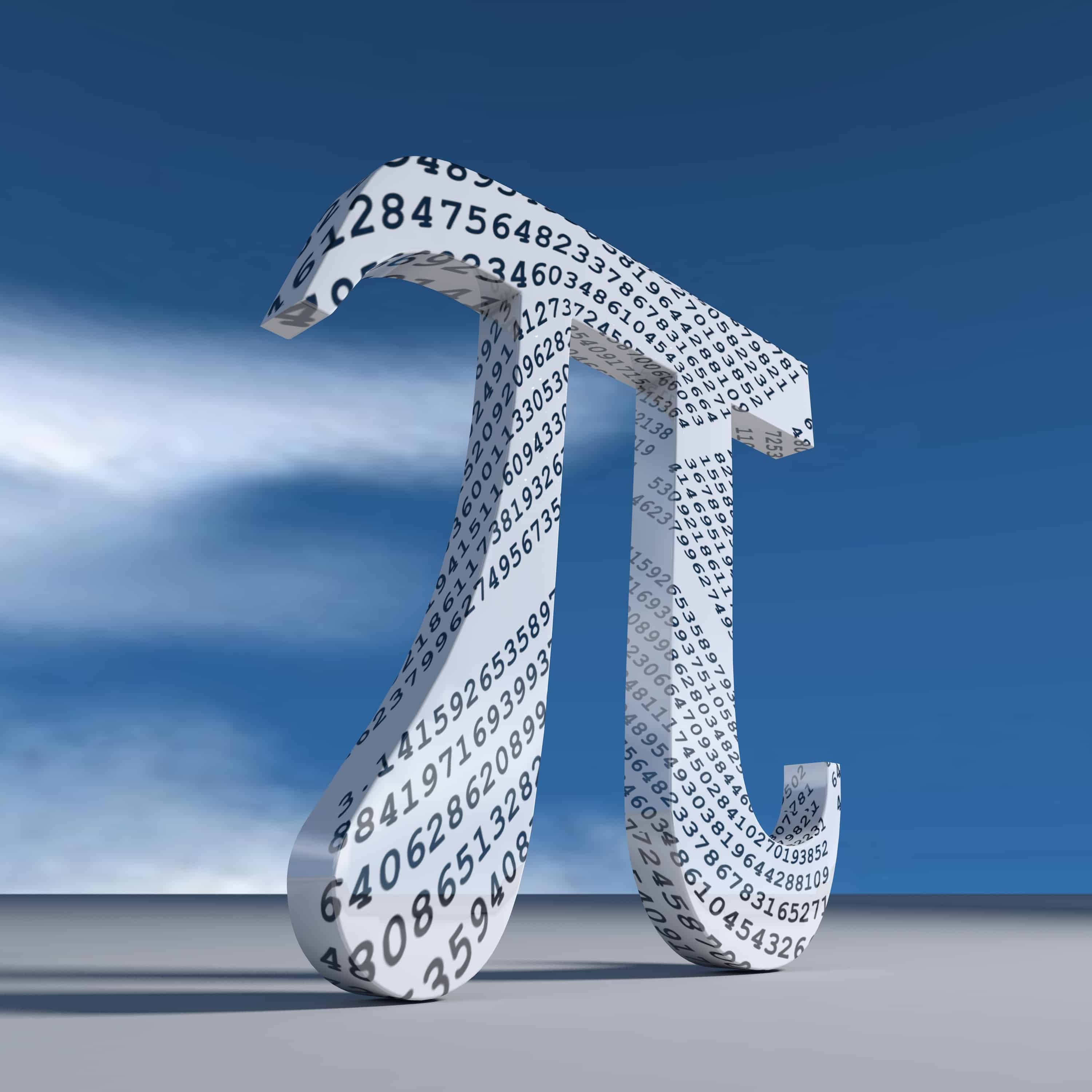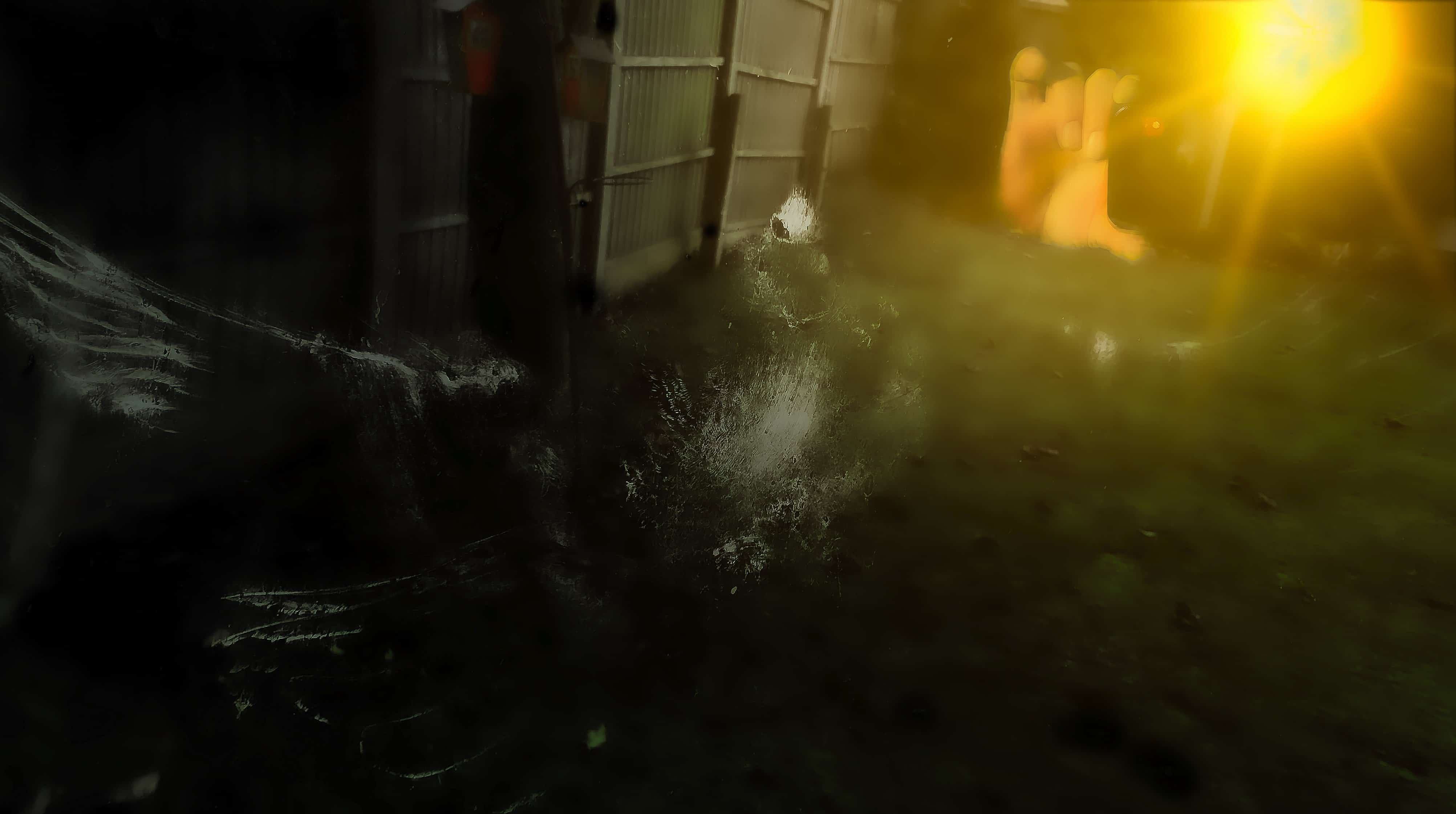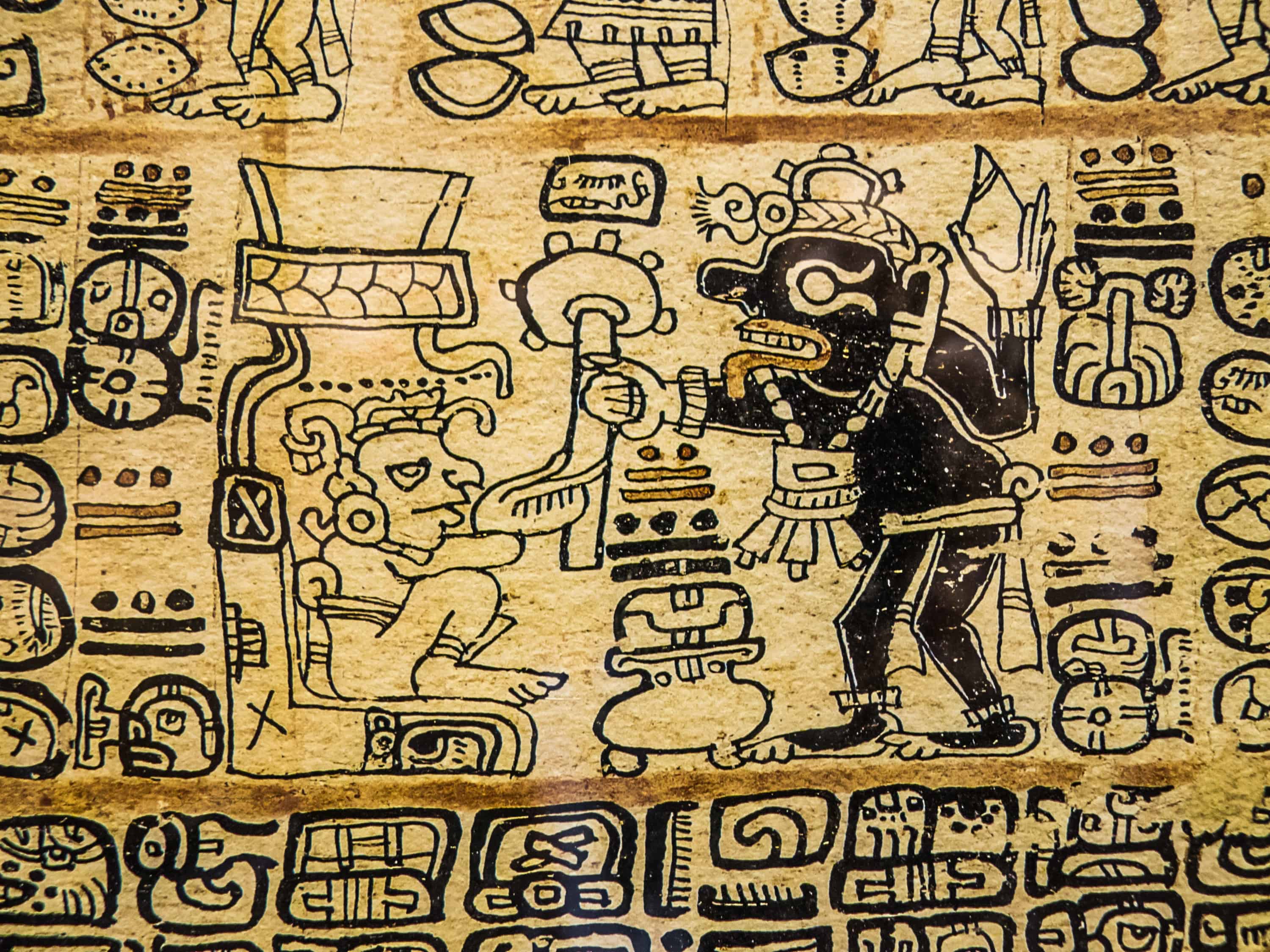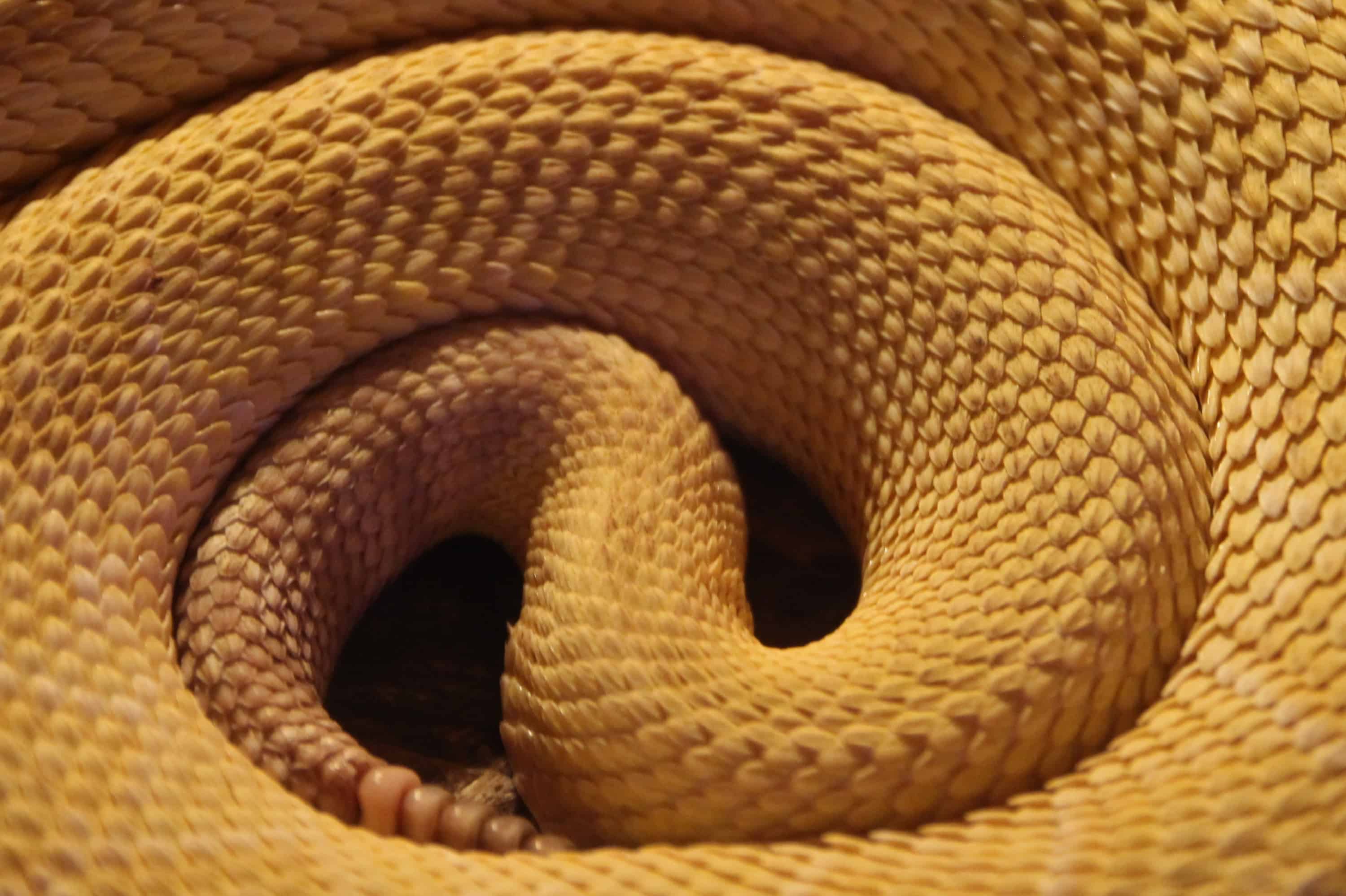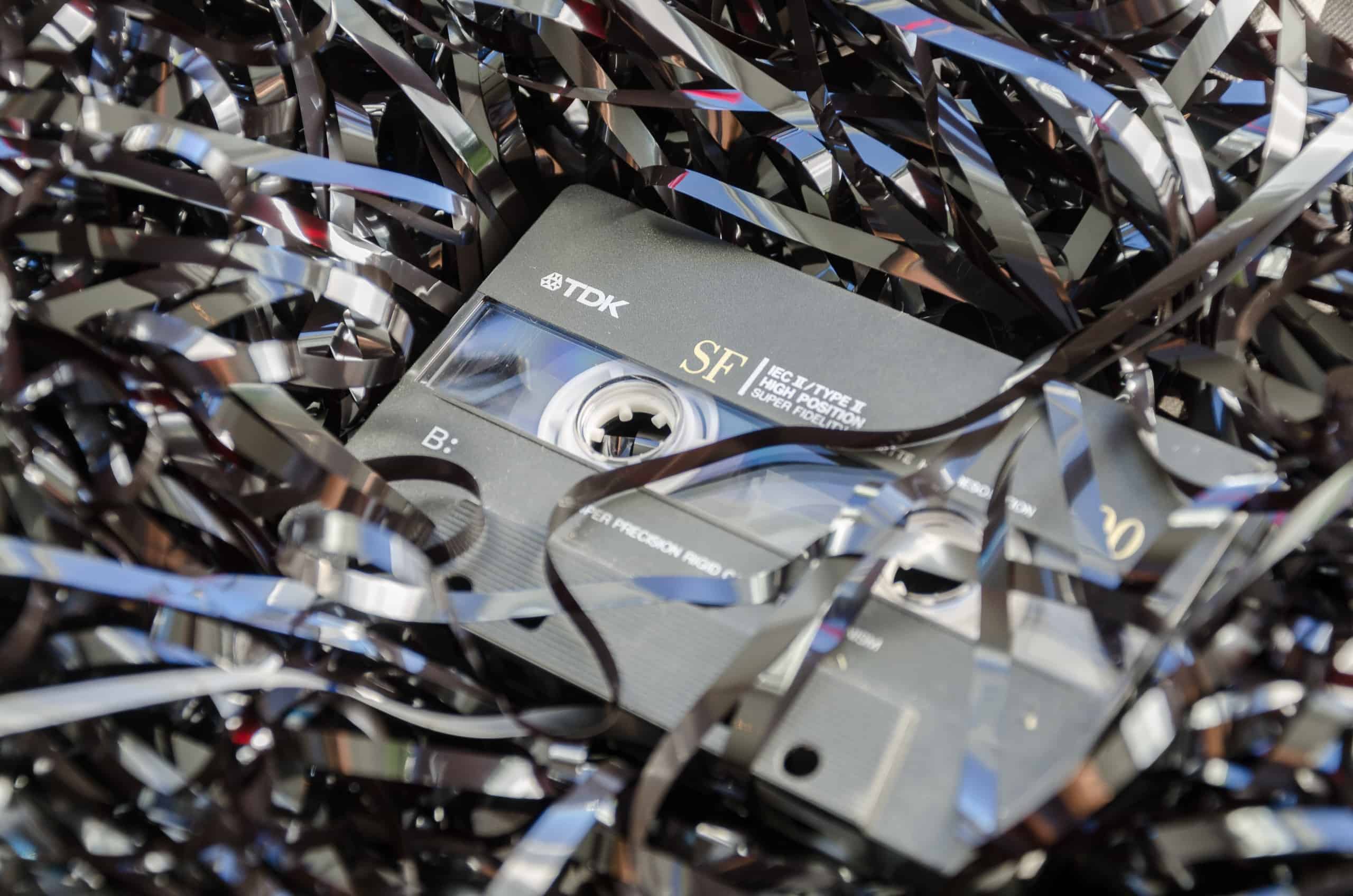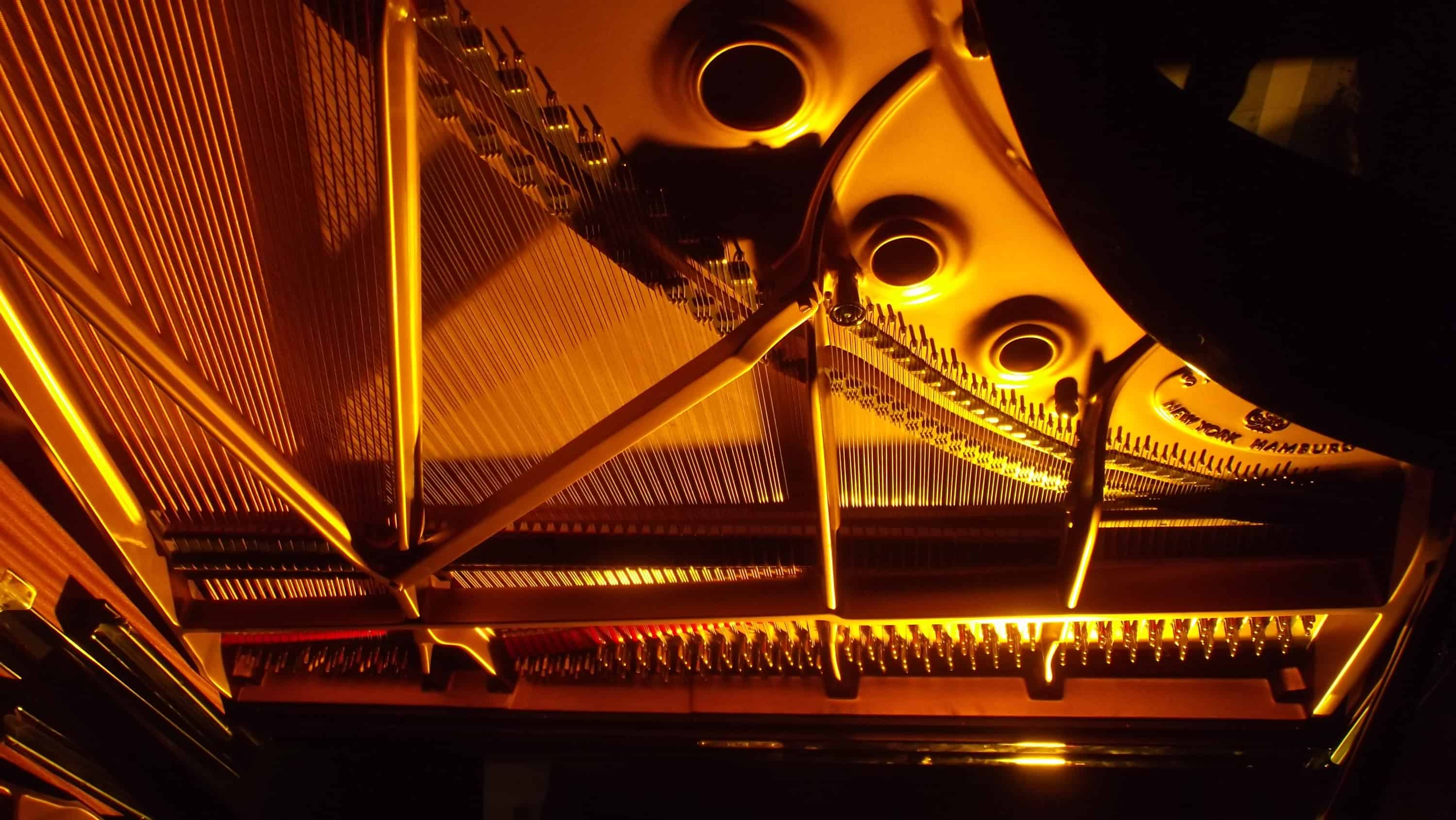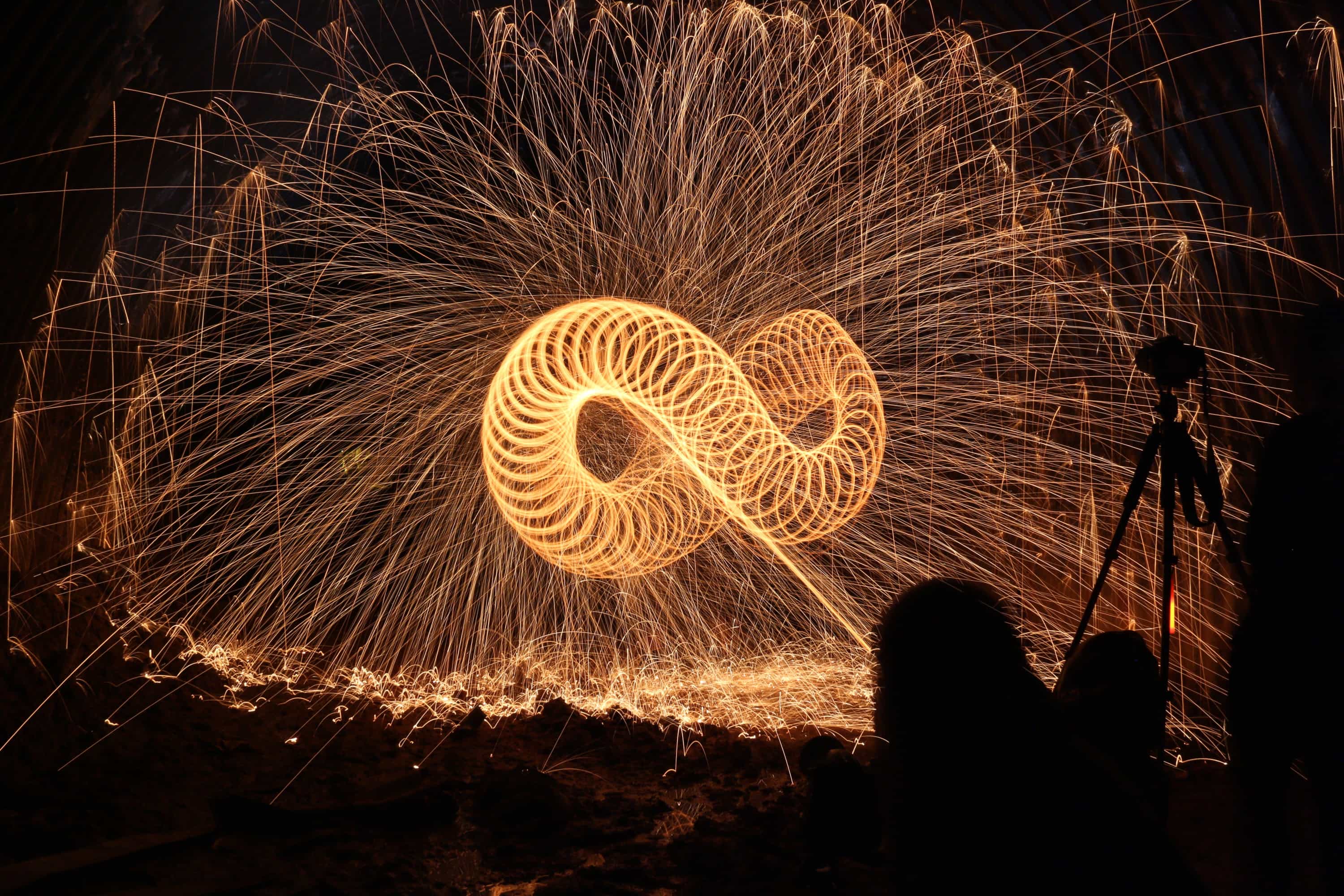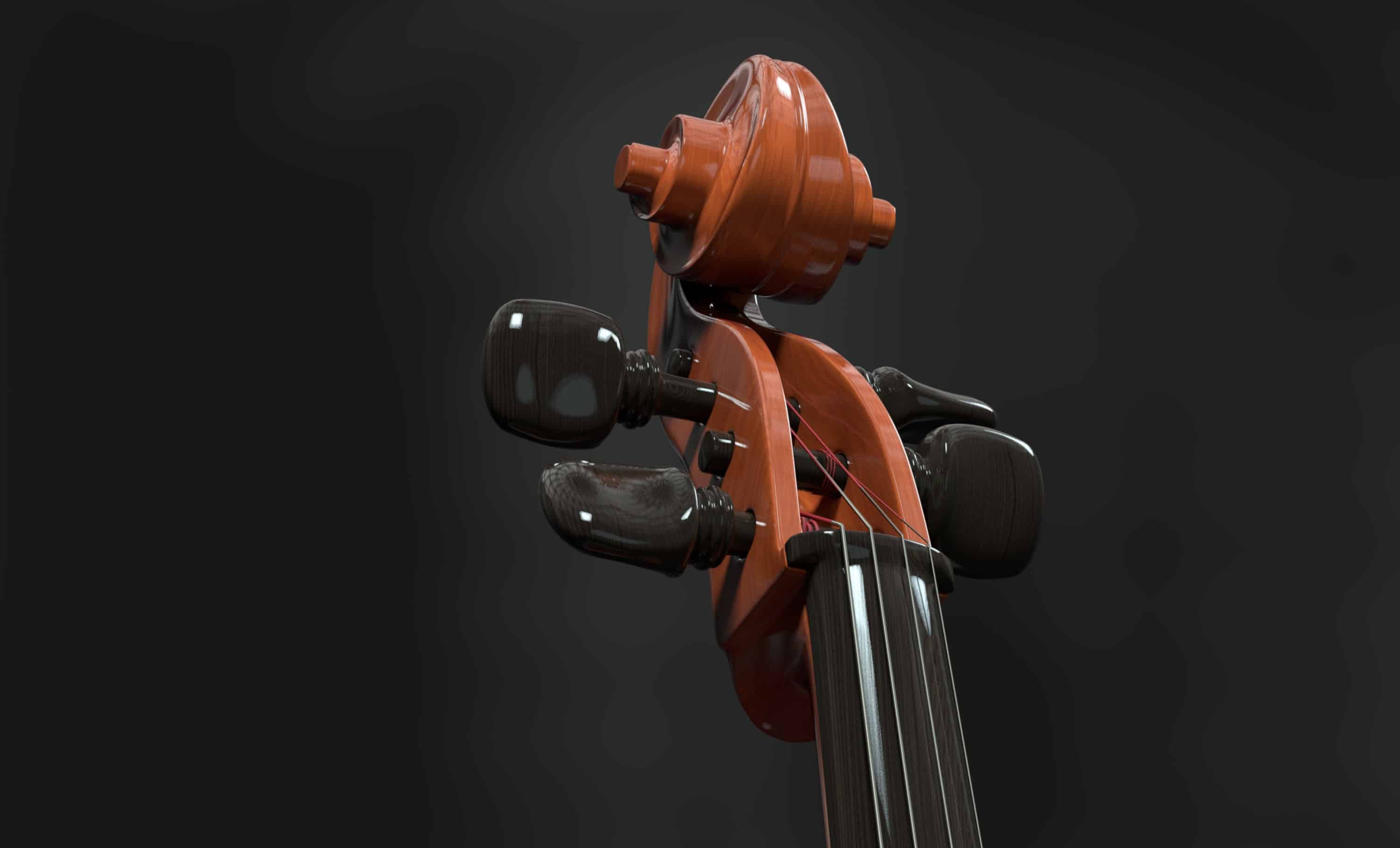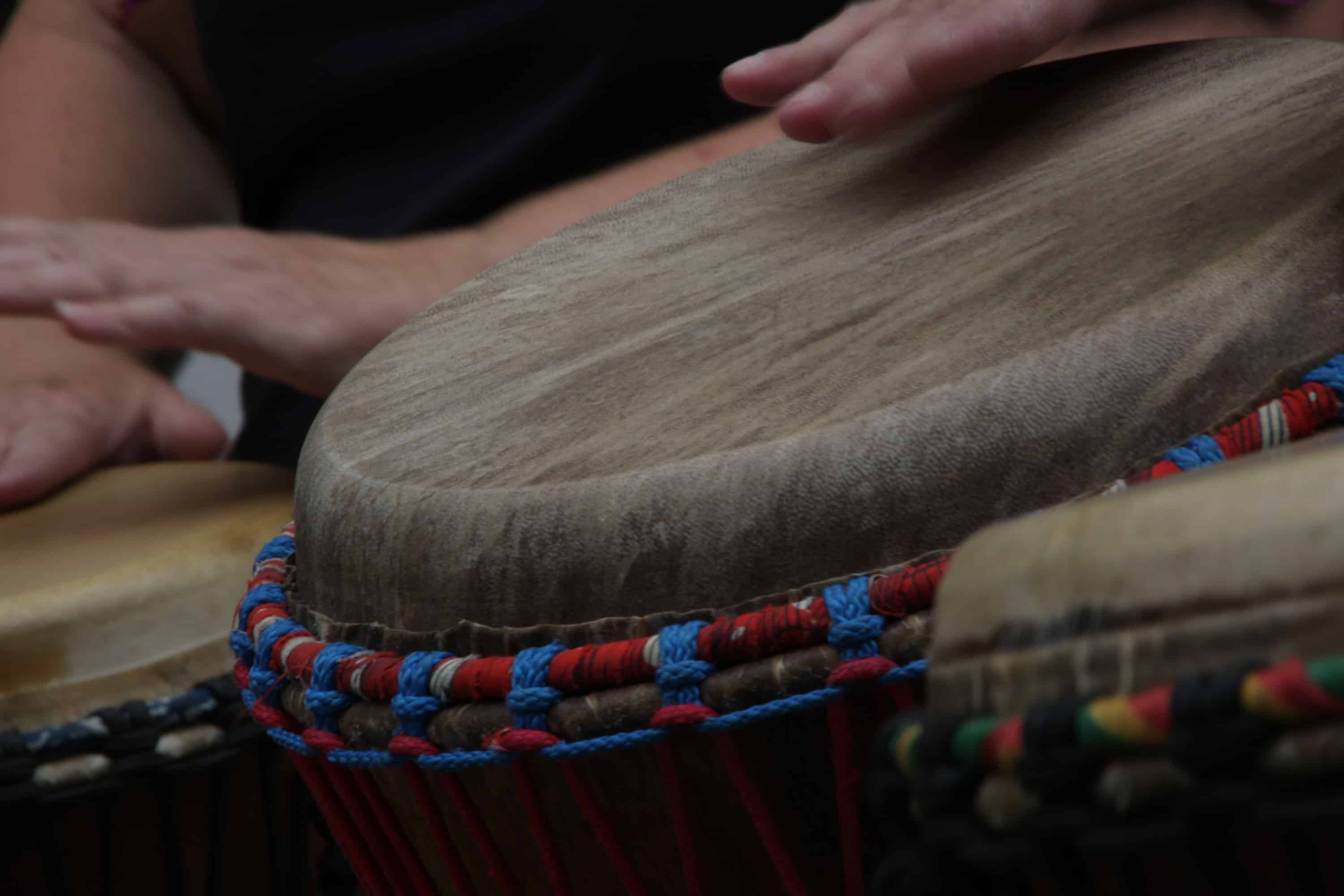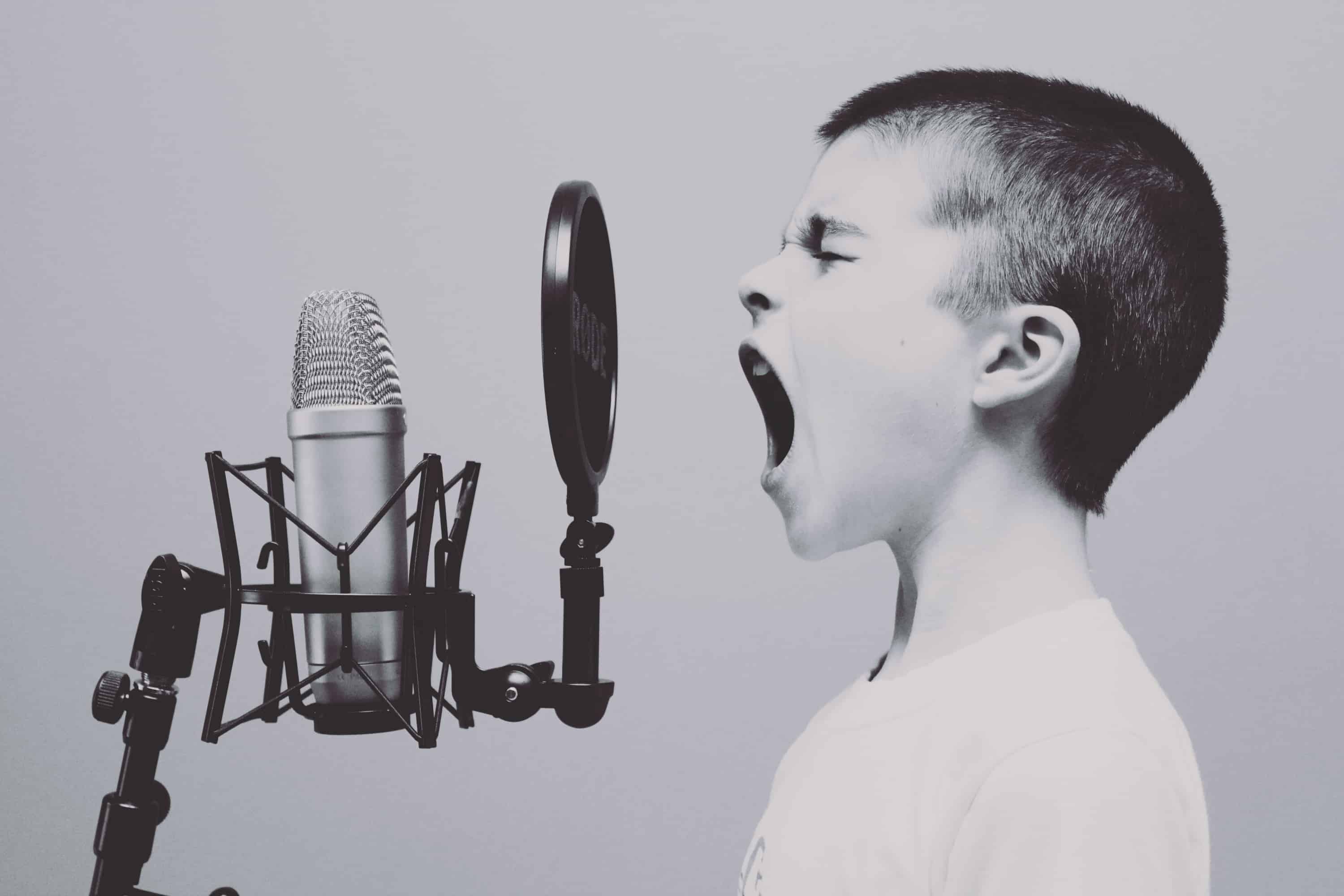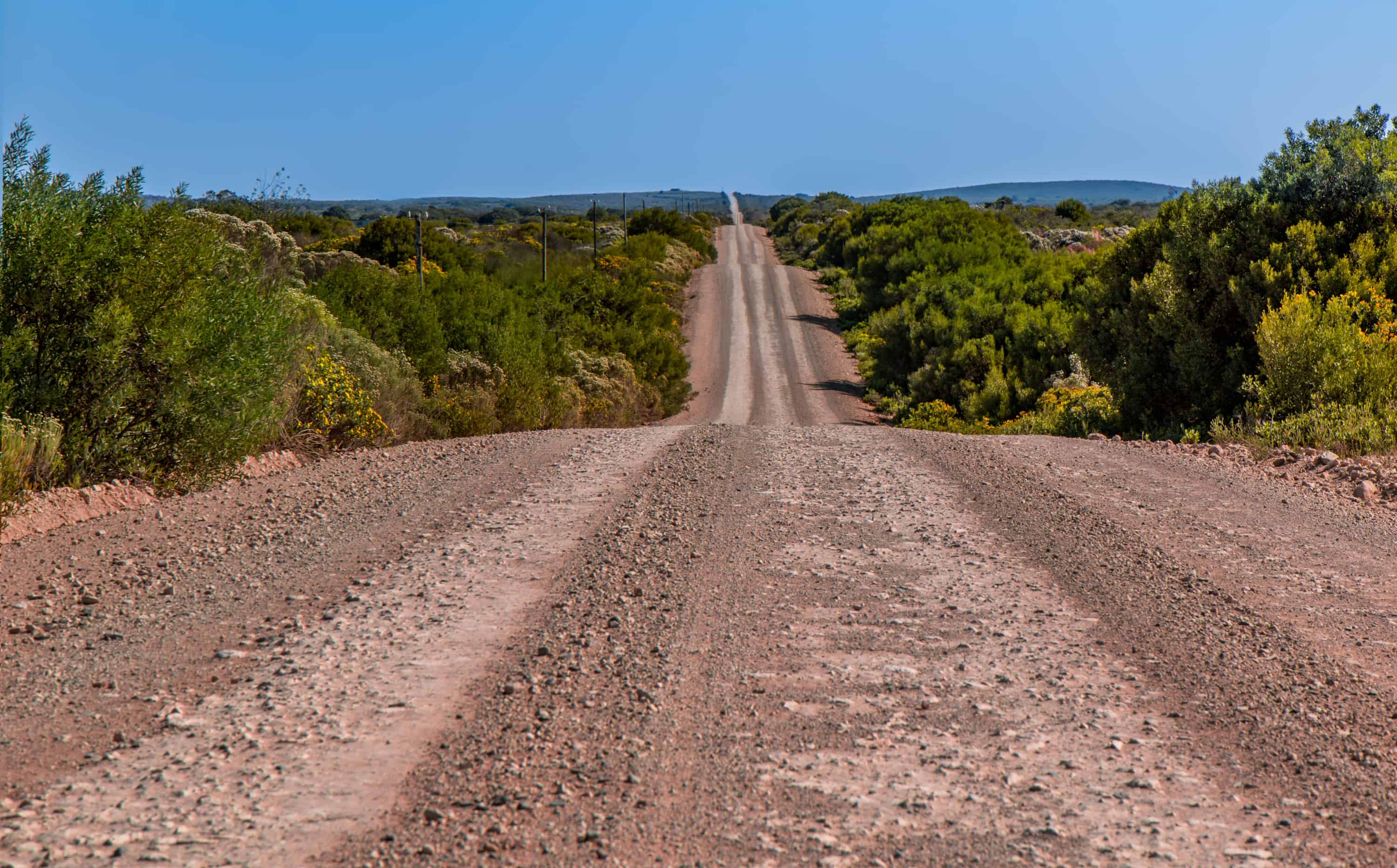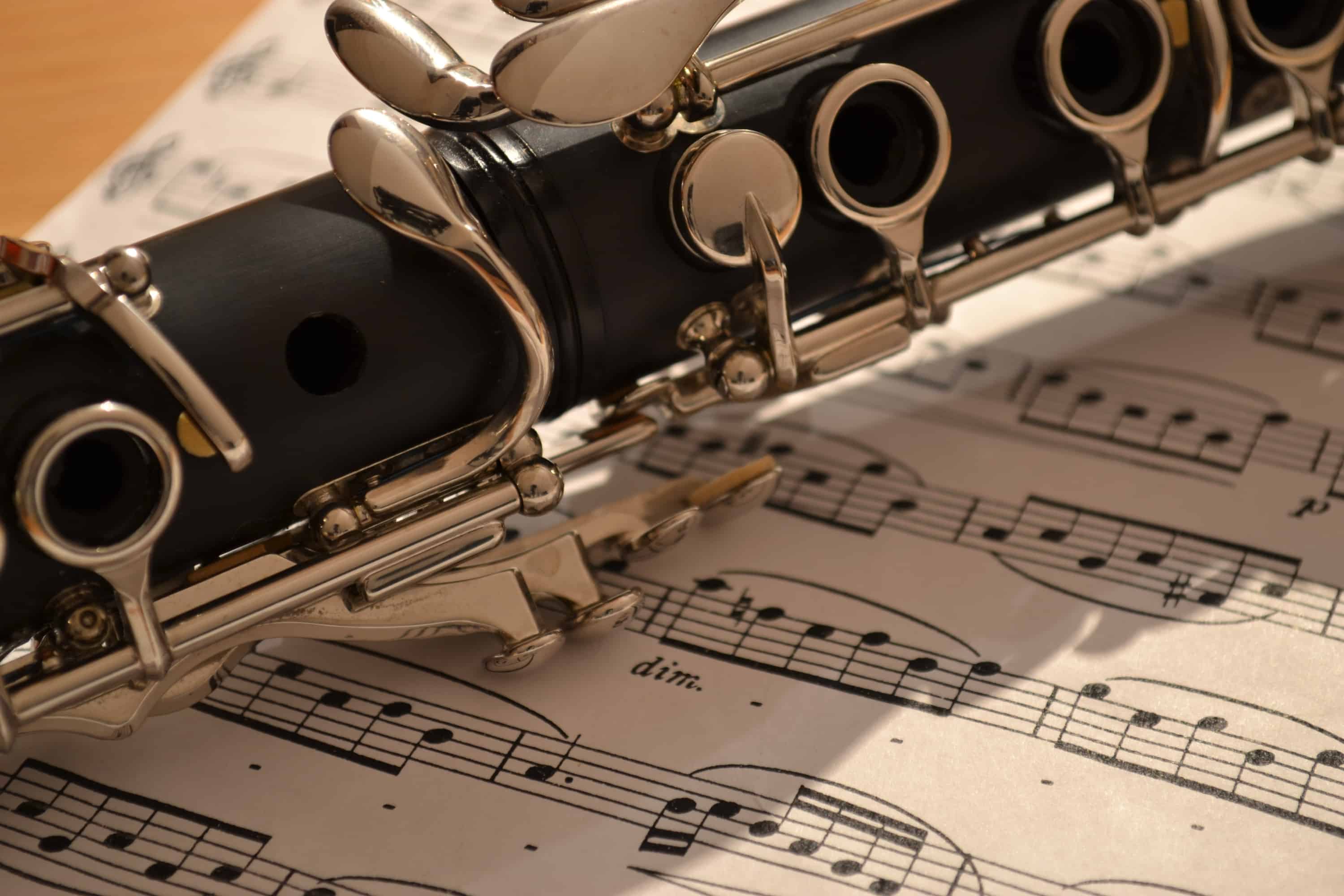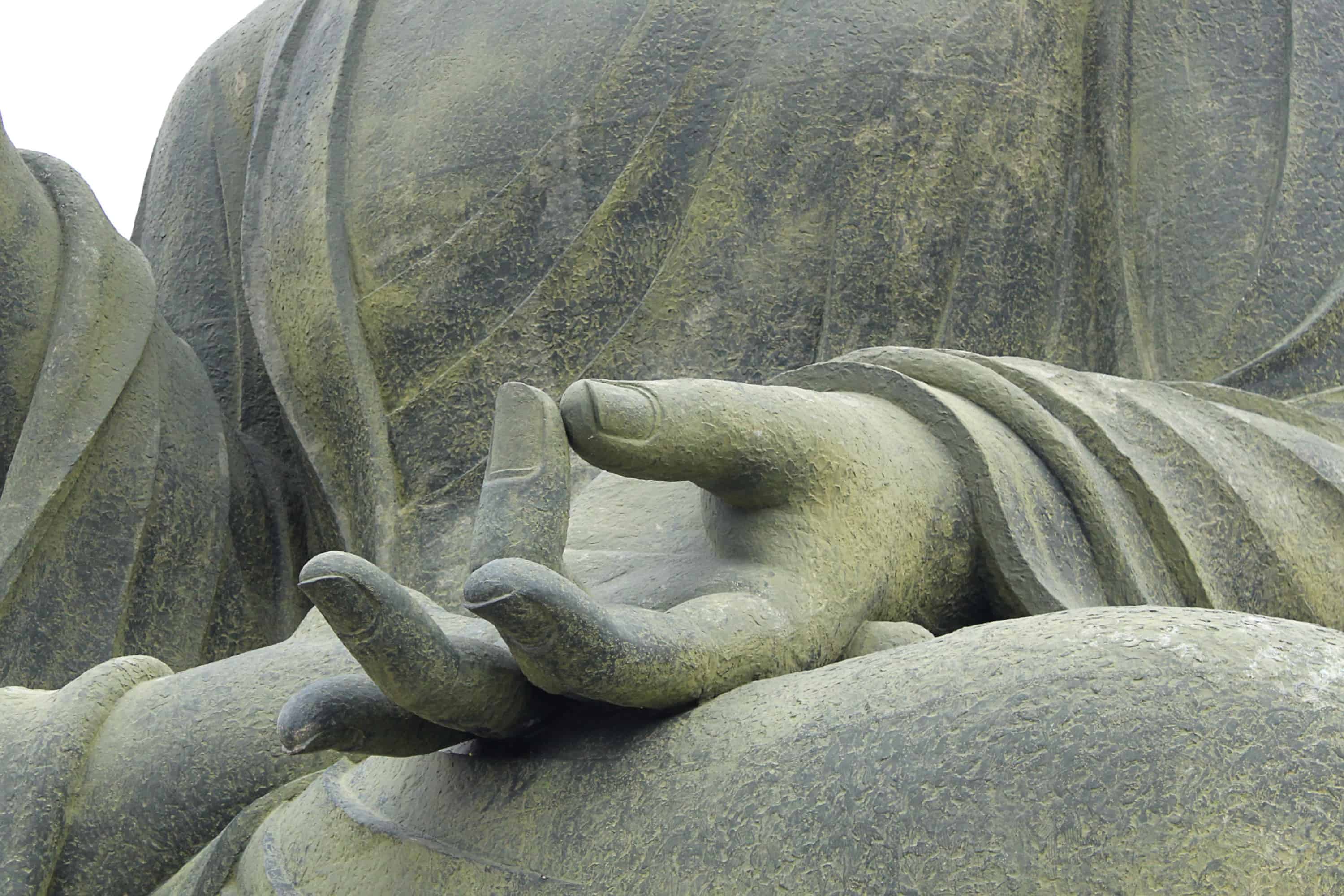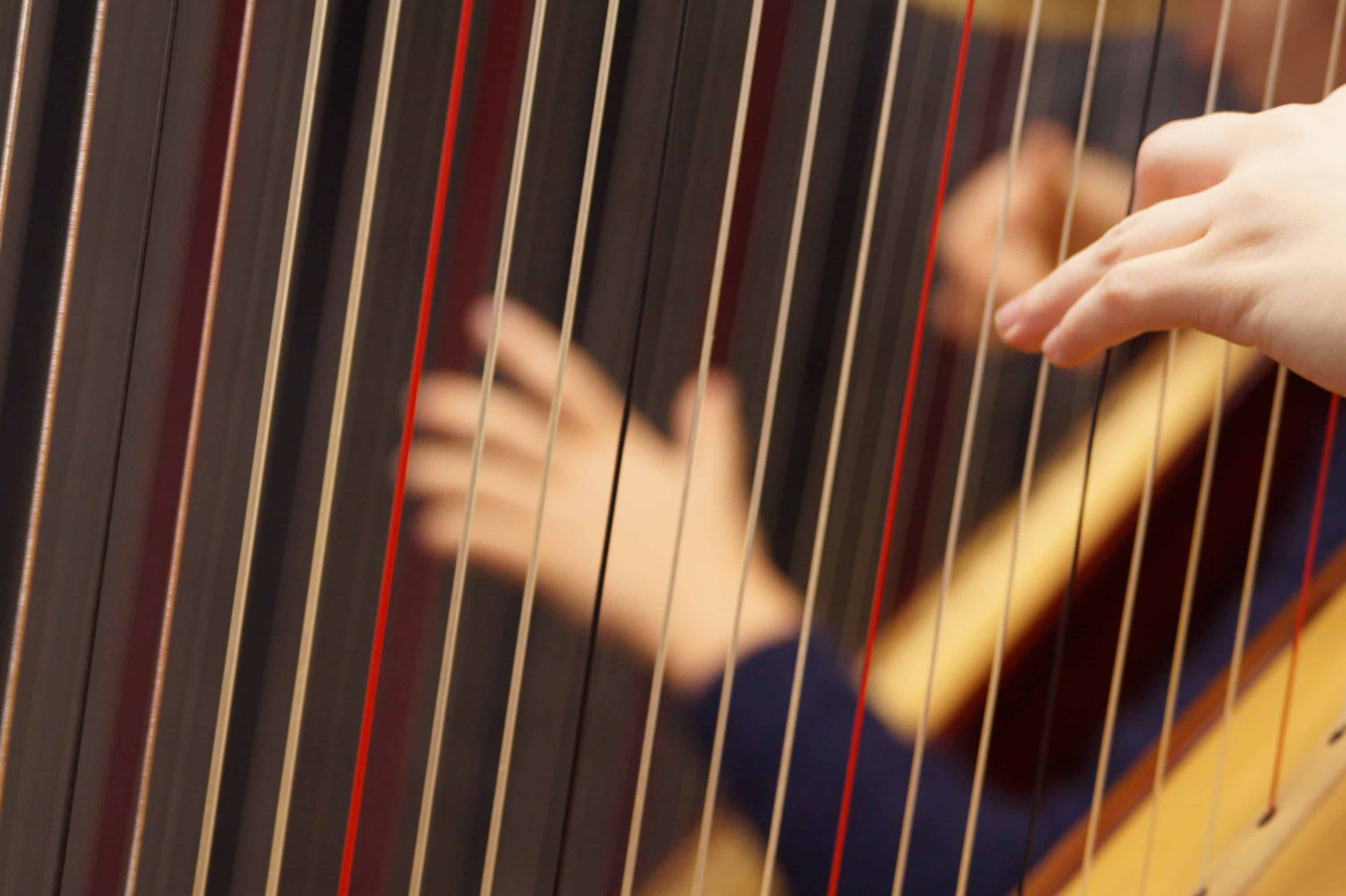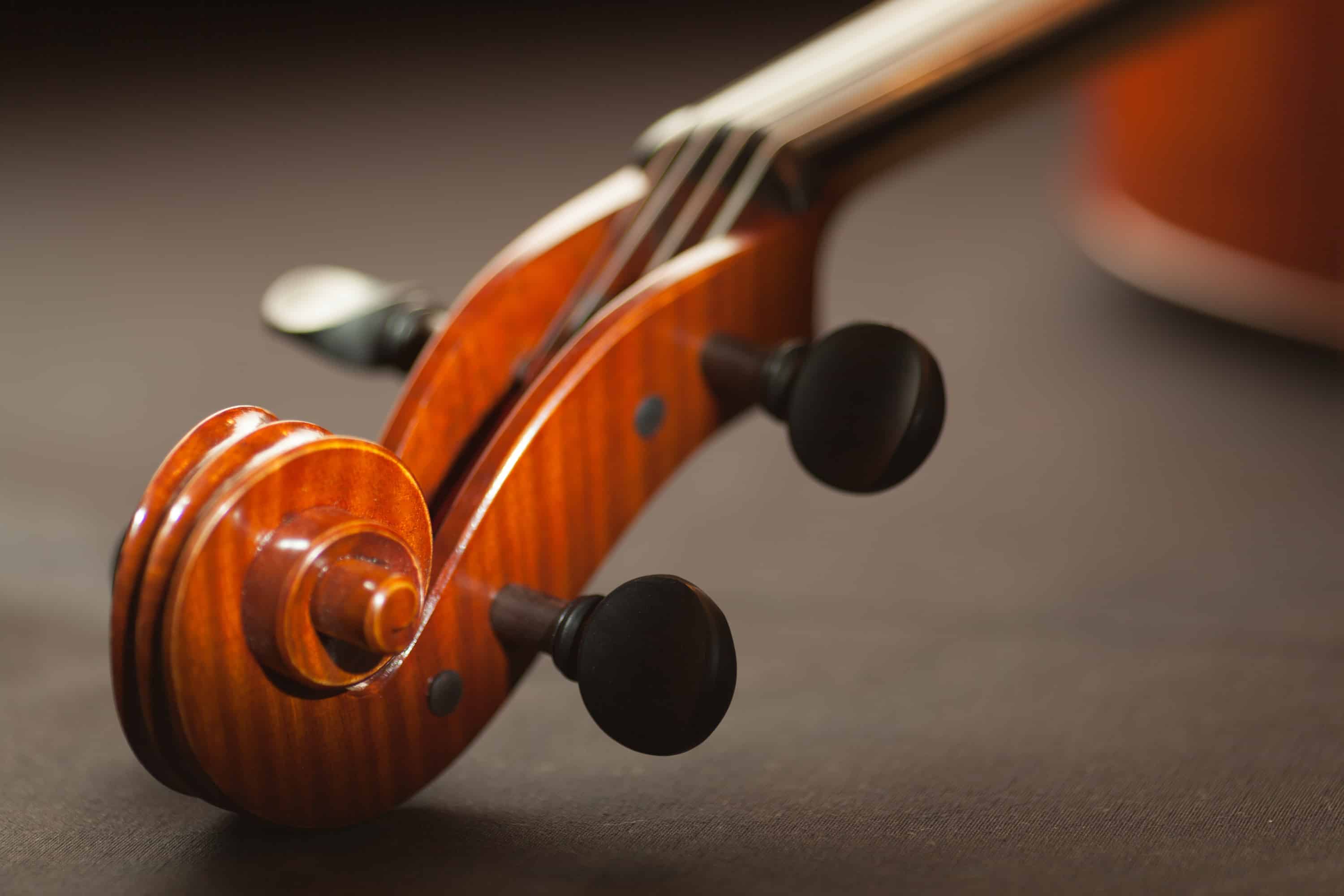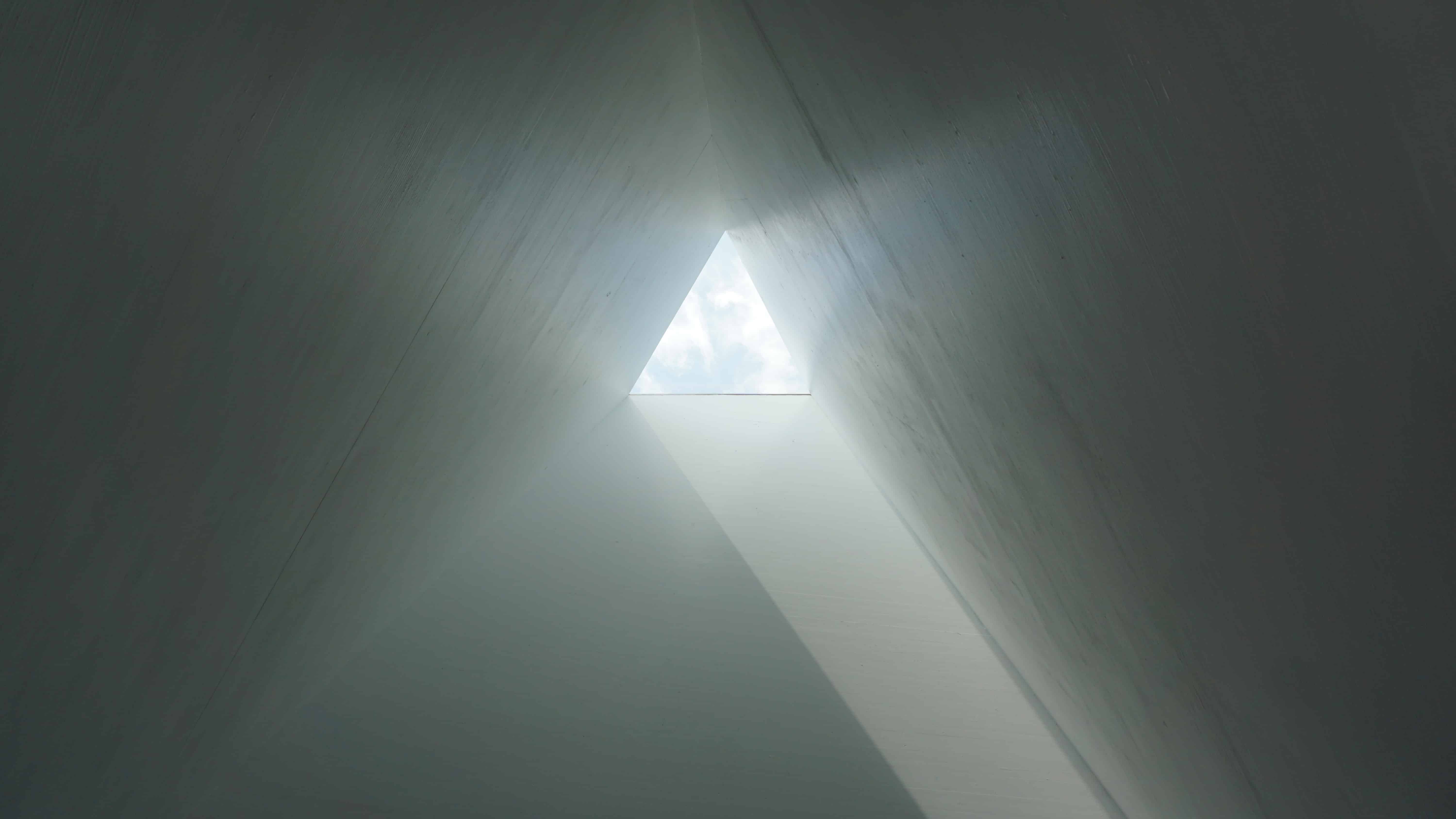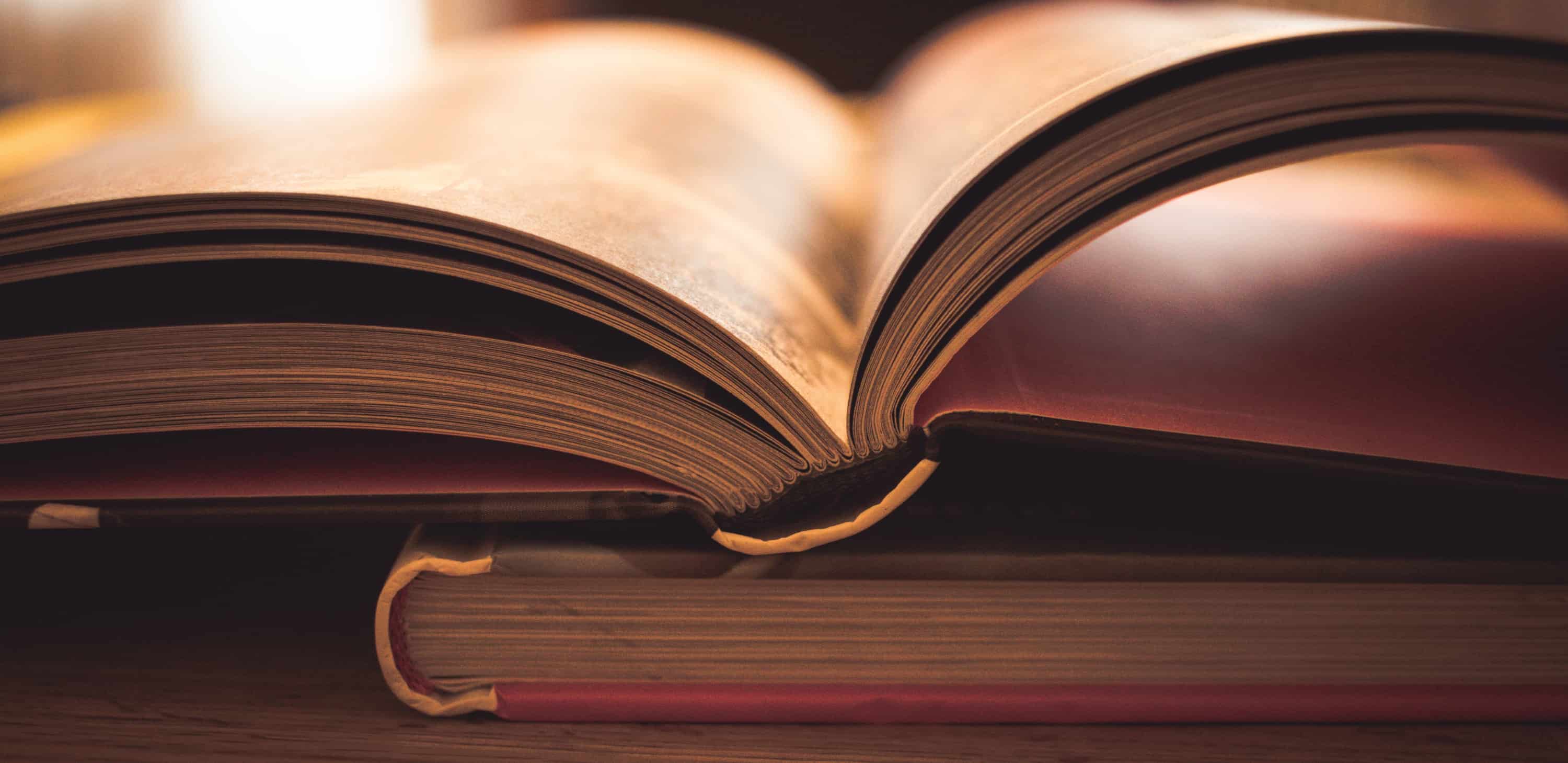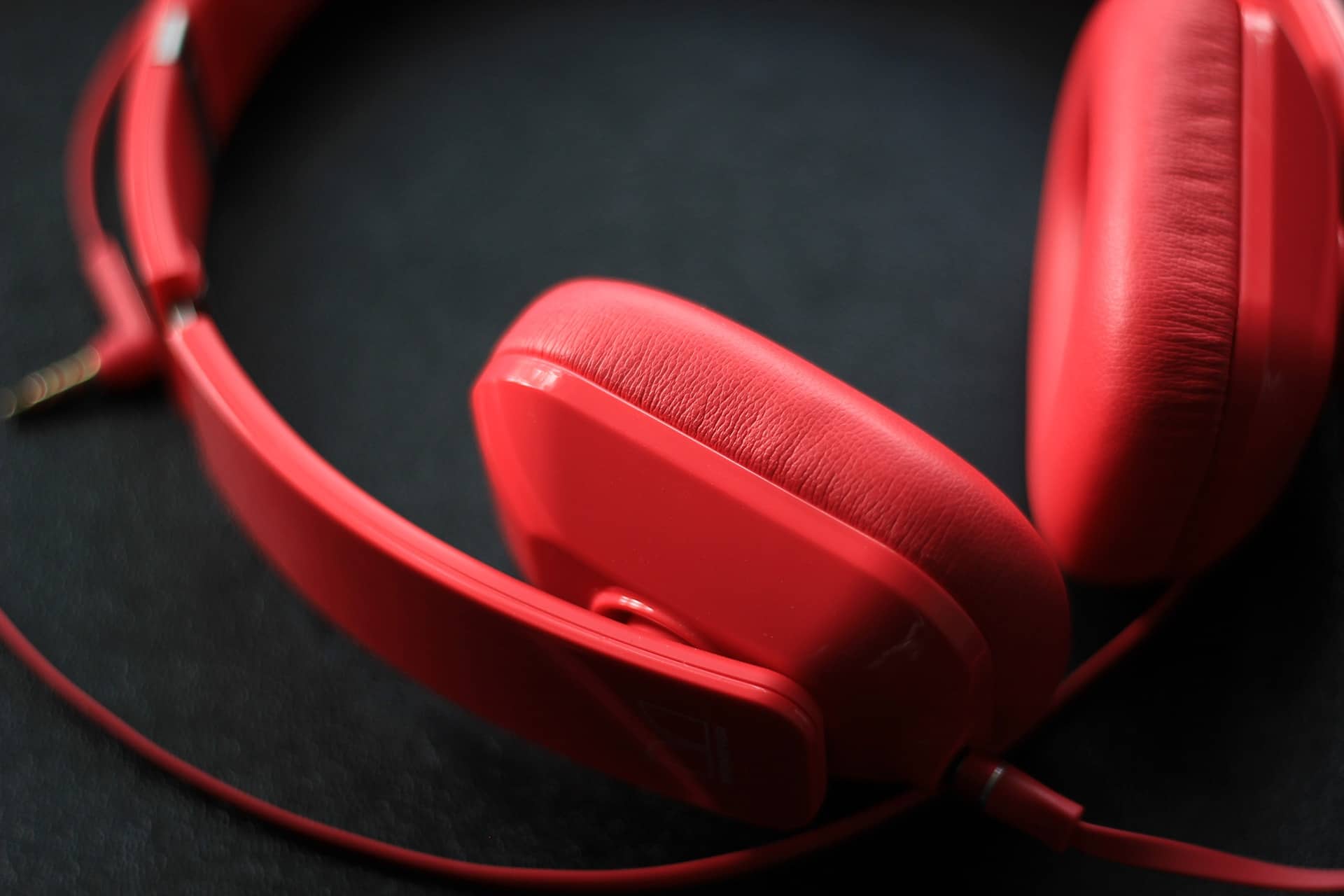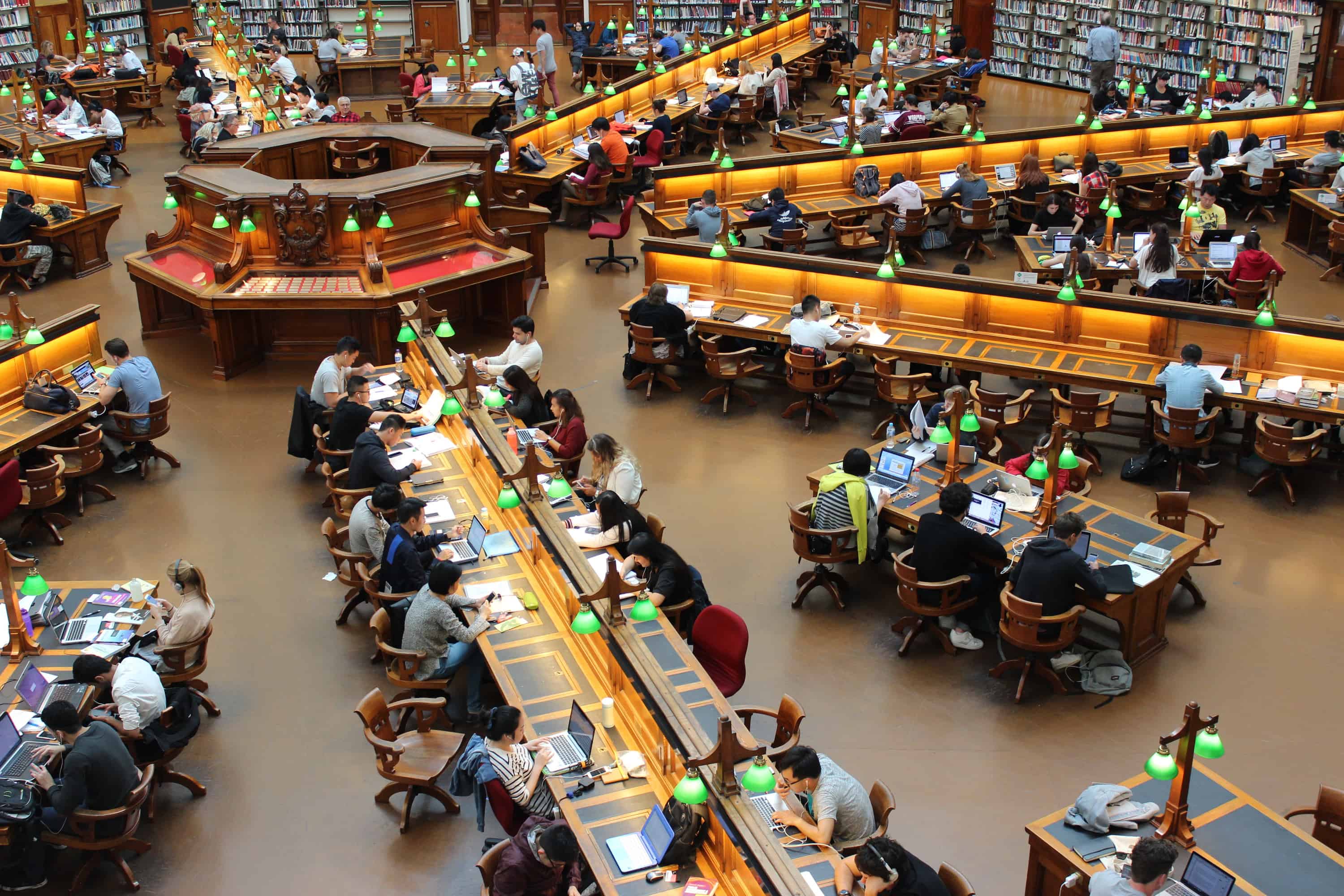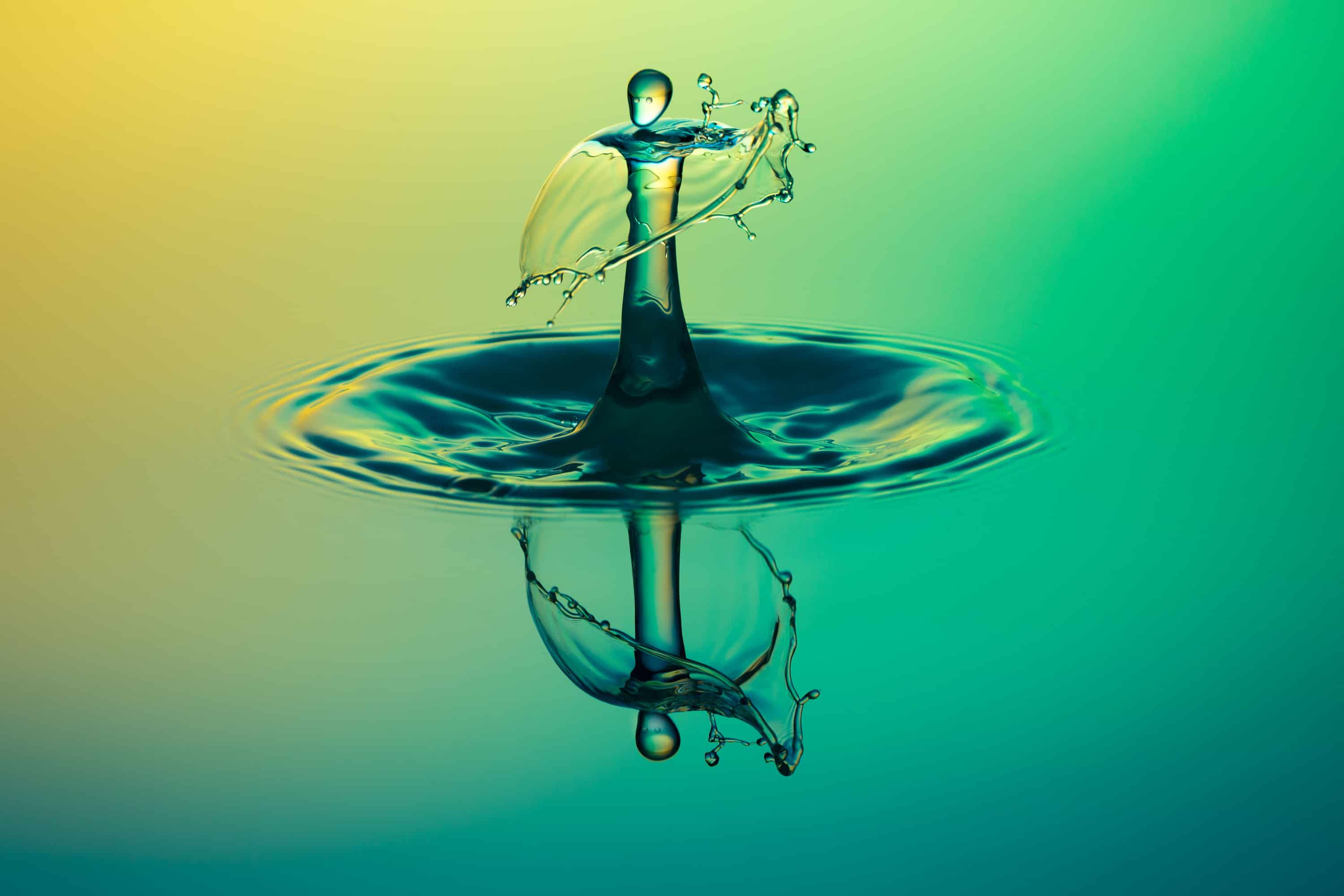Acoustic Composition 1
The Pictures on Your Wall (2003/04) (Revised 2009)
Three Duets for Trombone and Percussion
I. Florence I Live 2004
This work, initially composed in 2003/04, but revised and re-notated in 2009, takes the form of three short character duets for trombone and percussion. The three movements offer an acoustic translation of the perceived visual imagery (character, motion, narrative, light and space) contained within three contemporary works of art: pictures that have hung on the studio walls of the composer for many years: The Pictures on Your Wall …
Instinctively translating visual perception into aural reception in this way highlighted the potential exploration of the many parallel processes (both literal and philosophical) that naturally exist between the aural and visual arts and would lead the composer to more tangible and reproducible ideas within future compositional analysis, research, planning and pitch organisation.
Initially, the specific choice of image offered an immediate and preordained sense of musical character, atmosphere, form and identity; a perception formed (perhaps enforced) over many years of familiarity with each of the three images. The pictures upon which the work is based and each movement takes its name are:
I. Florence I – Gretchen Dow Simpson (1984)
II. Sonatine per Due – Rosina Wachtmeister (1985)
III. Arlechino Azzurro – Rosina Wachtmeister (1985)
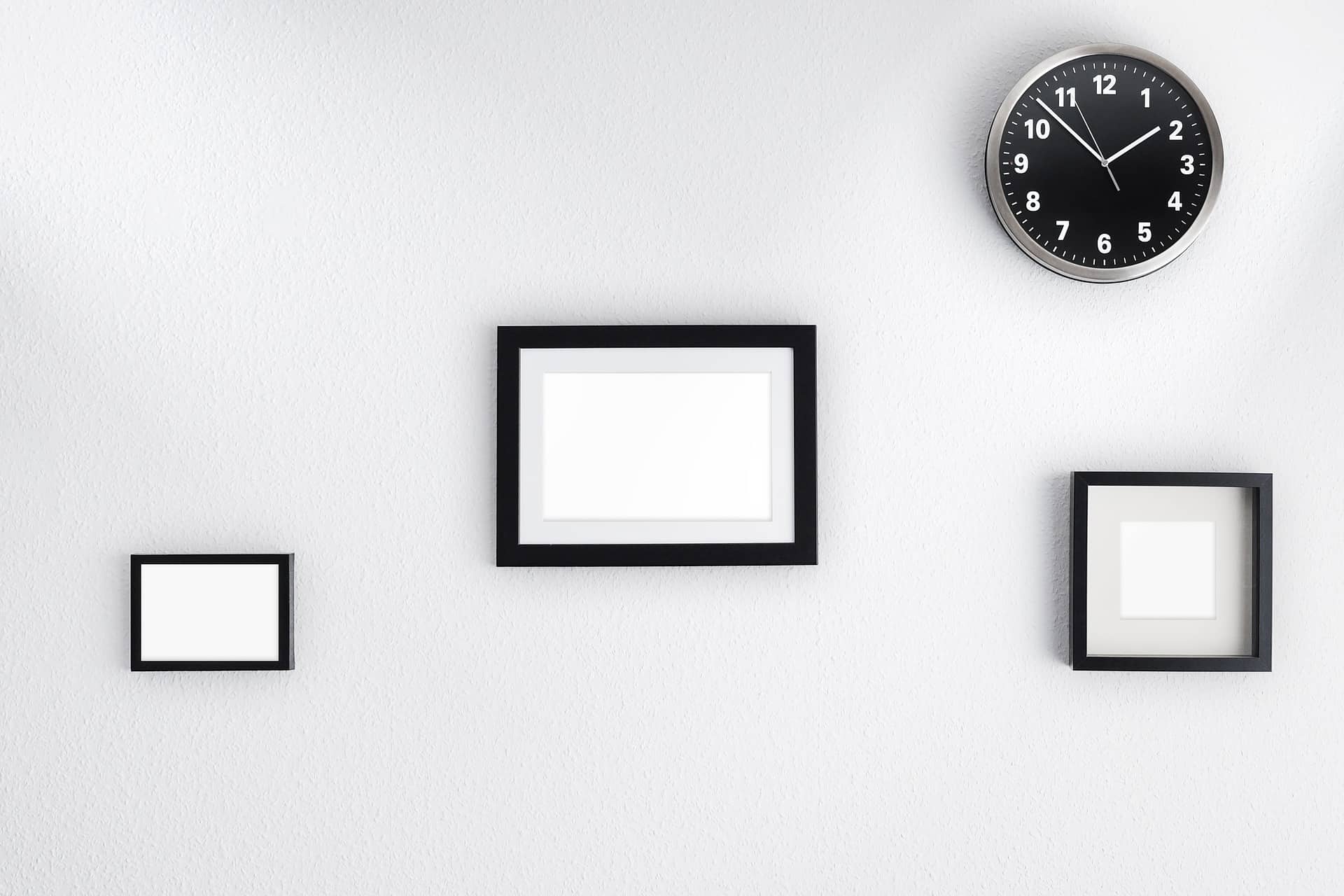
Light & Space
During electronic conversations with one of the artists, it was mentioned how the use of light and space were primary elements within Florence I and when asked to describe the mood she replied: "mysterious, ominous, and welcoming all at once..."
The harmonic series, which is a natural acoustic phenomenon, has obvious comparisons to working with light for the composer and so elements of the pitch organisation for the first movement are derived from the harmonic and sub-harmonic series of a primary tone.
The sub-harmonic series is a scientific hypothesis (a predicted causality due to the existence of natural overtones) and through using this ‘mirror opposite’, the pitch organisation for the first movement is balanced between the natural and the manmade in a comparative process (parallel process) to how the artist has balanced the visual material and narrative between the natural and the surreal.
Florence I (see score preface) contains long empty hallways with disproportionate doors, high ceilings and scattered doorstops. The soundworld is blatantly spacious with an exaggerated sense of silence and acoustic reverb. Sonic events would seem amplified (e.g. to drop a book in such an environment). The image evokes the sound of long sustained resonances: accented articulation, echoing squeaks and creaks with dynamic decay, glissandi, upper-range trills and microtonal pitch-bends. All of these characteristics can be recognised within the score for Florence I.
The central ‘mini duet’ is an acoustic interpretation of Sonatine per Due (1985). Through personal perception, the sound of the picture holds a playful atmosphere and the narrative seemed to present the characters as amateur performers. The embossed foil and score fragments suggested a montage of impatient ideas and the title offered a literal sense of form: A Little Sonata for Two.
The final duet is an acoustic interpretation of Arlechino Azzurro (1985). The image shows a blue harlequin (with all the historic connotations that suggests) and seems to convey a dualistic contradiction of complex emotions. Art is subject to many dualities: emotion and intellect, aesthetic and technique, perception and reception, intent and result. Arlechino Azzurro has always reminded the composer of Picasso’s artwork for the Ballet Russes production of Stravinsky’s Pulcinella (1920).
ianpercy.me.uk
A Life in Music
The techniques within and narrative (without) the picture evoked the acoustic soundworld of disjointed motivic gestures, mirror inversions and broken rhythmic symmetry (a quasi-modernist approach). This detached aesthetic was portrayed throughout the form of the movement with juxtaposed melodic fragments and dualistic phrasing. Melody and motif (resonance and rhythm) provided compositional dualities (chaotic pairs).
Upon reflection, and in conclusion, the translation from visual image to acoustic soundworld within the three movements of this score was generally quite fluent and instinctive. The consistent reference to preconceived pitch and visual material instilled a sense of cohesion to the three duets, whilst allowing the flexibility for instinctive diversity in the individual characteristics of each movement. The simplicity of the approach seemed to be exactly what was needed at the time and the initial investigations started within this piece informed the emerging compositional autograph of the composer.
Questions of object, artefact, frame, light, depth, motion and panoptic space in relation to cross-discipline art forms would evolve as research strands from this short score …
Dr. Ian Percy

